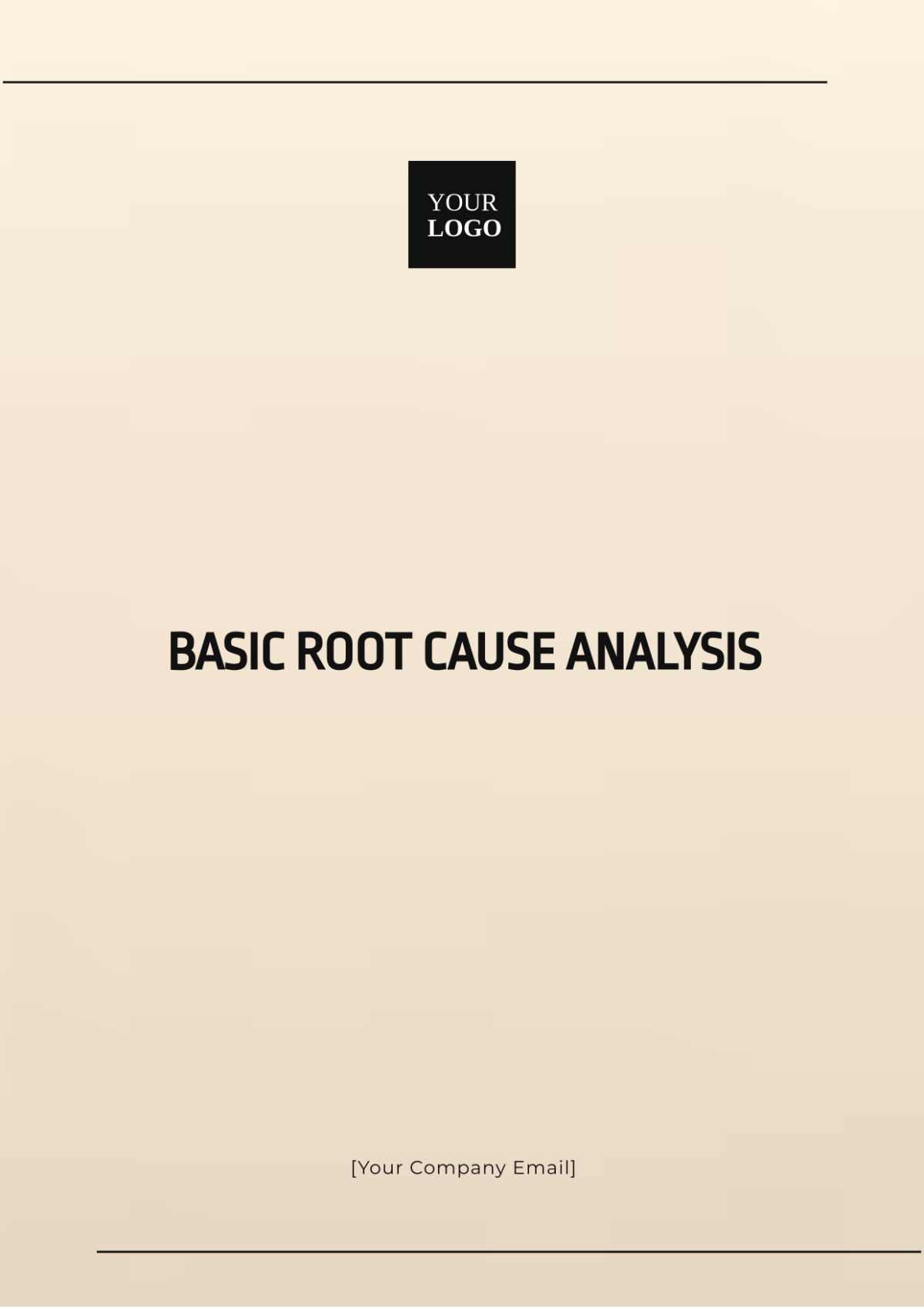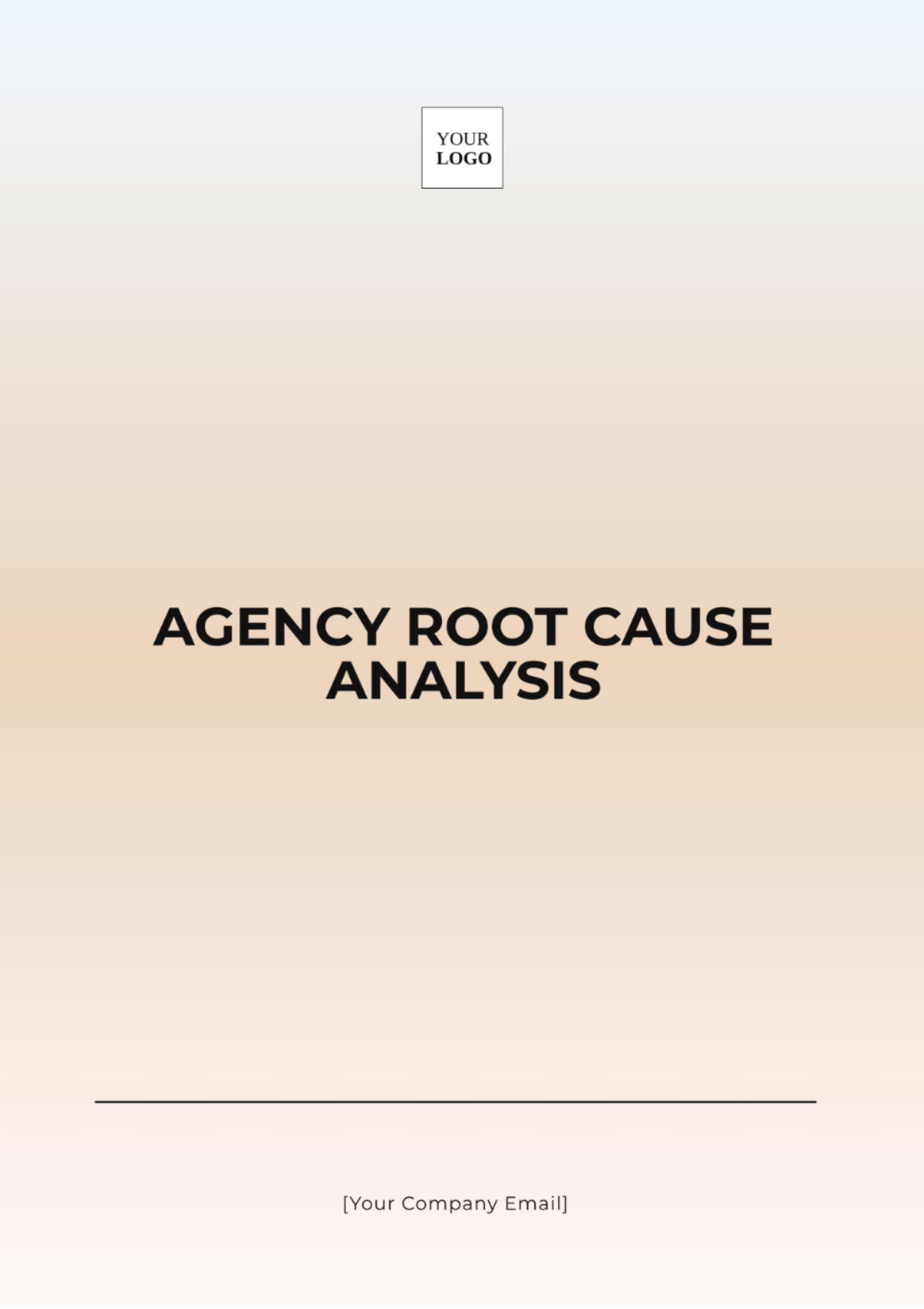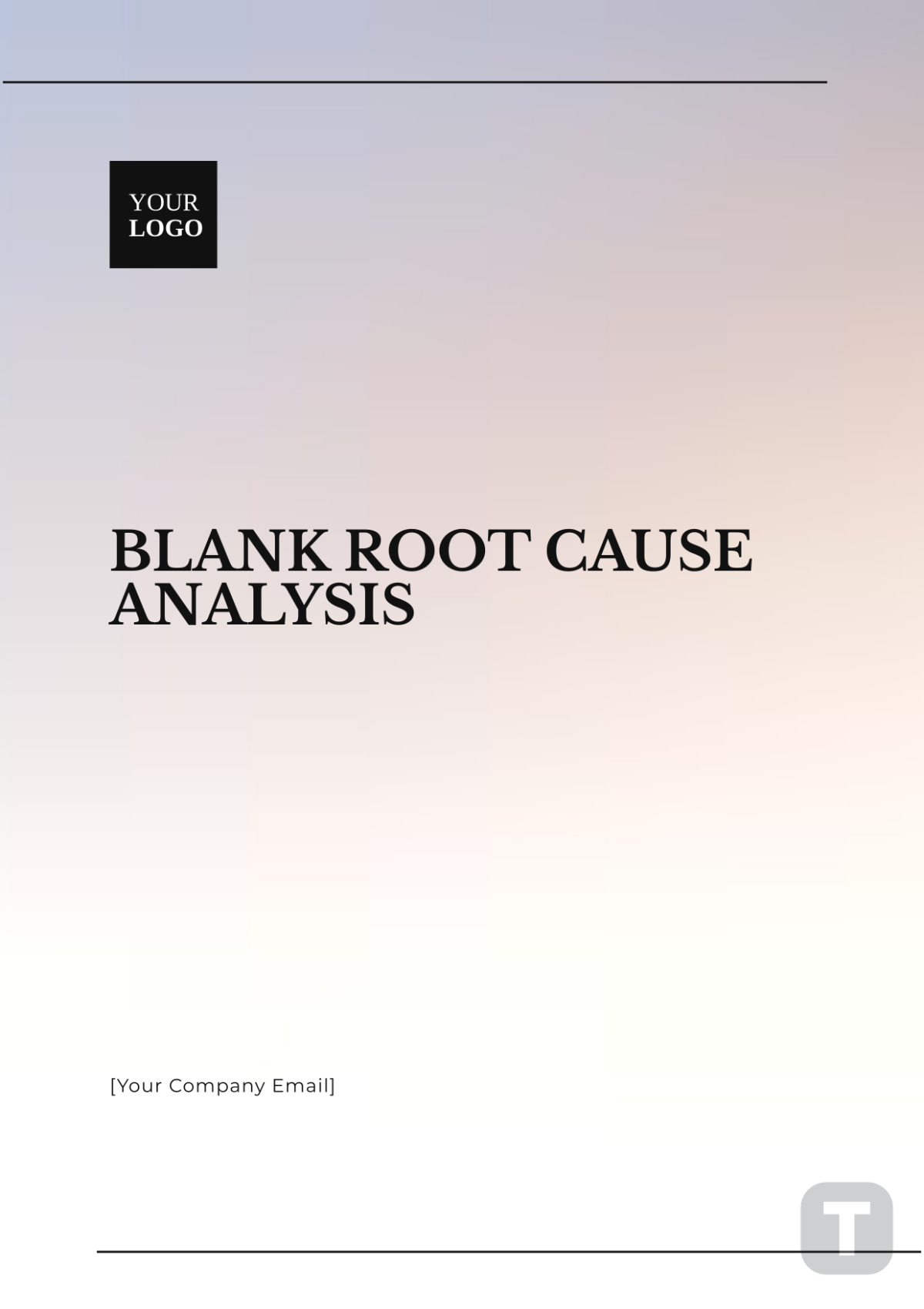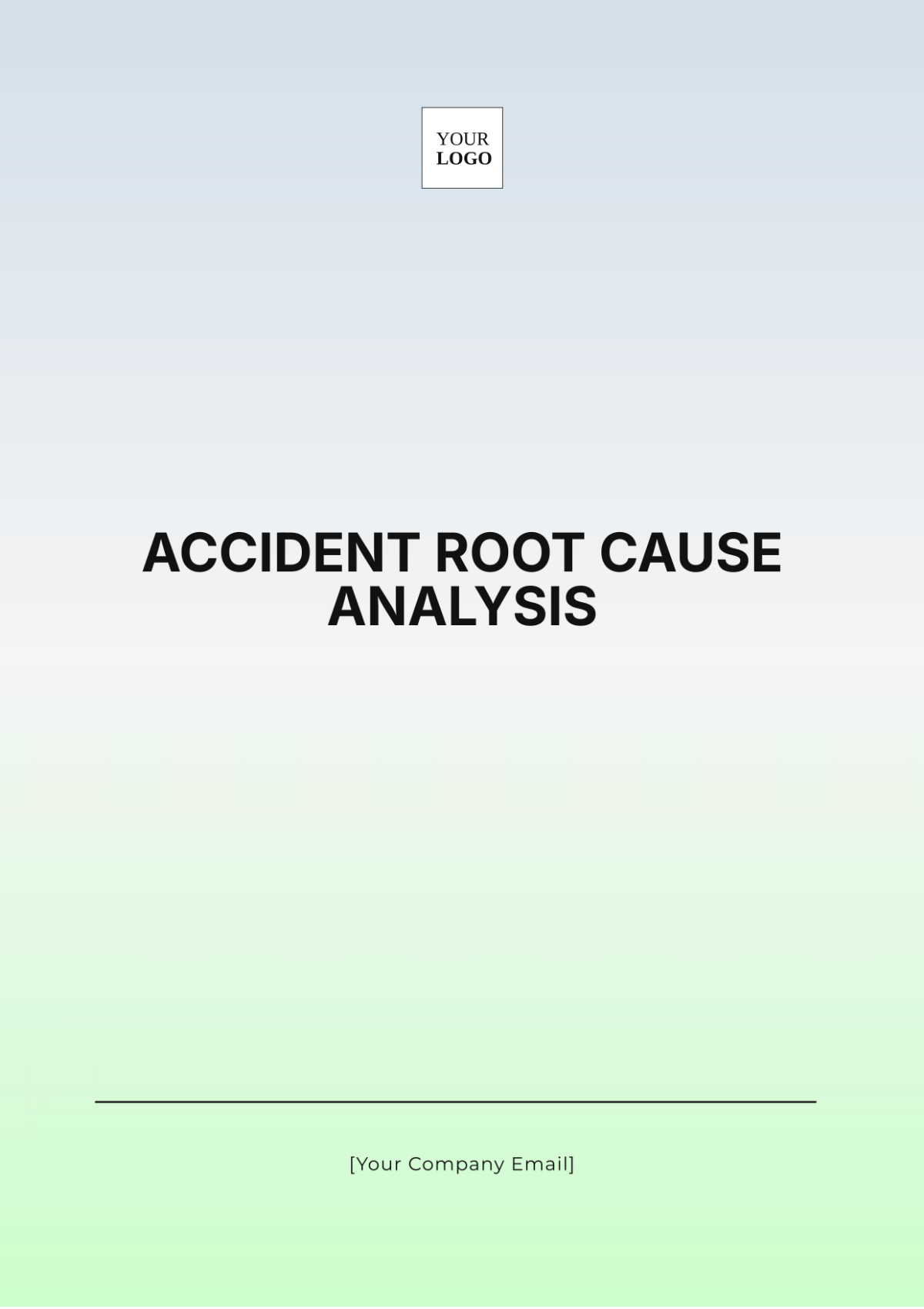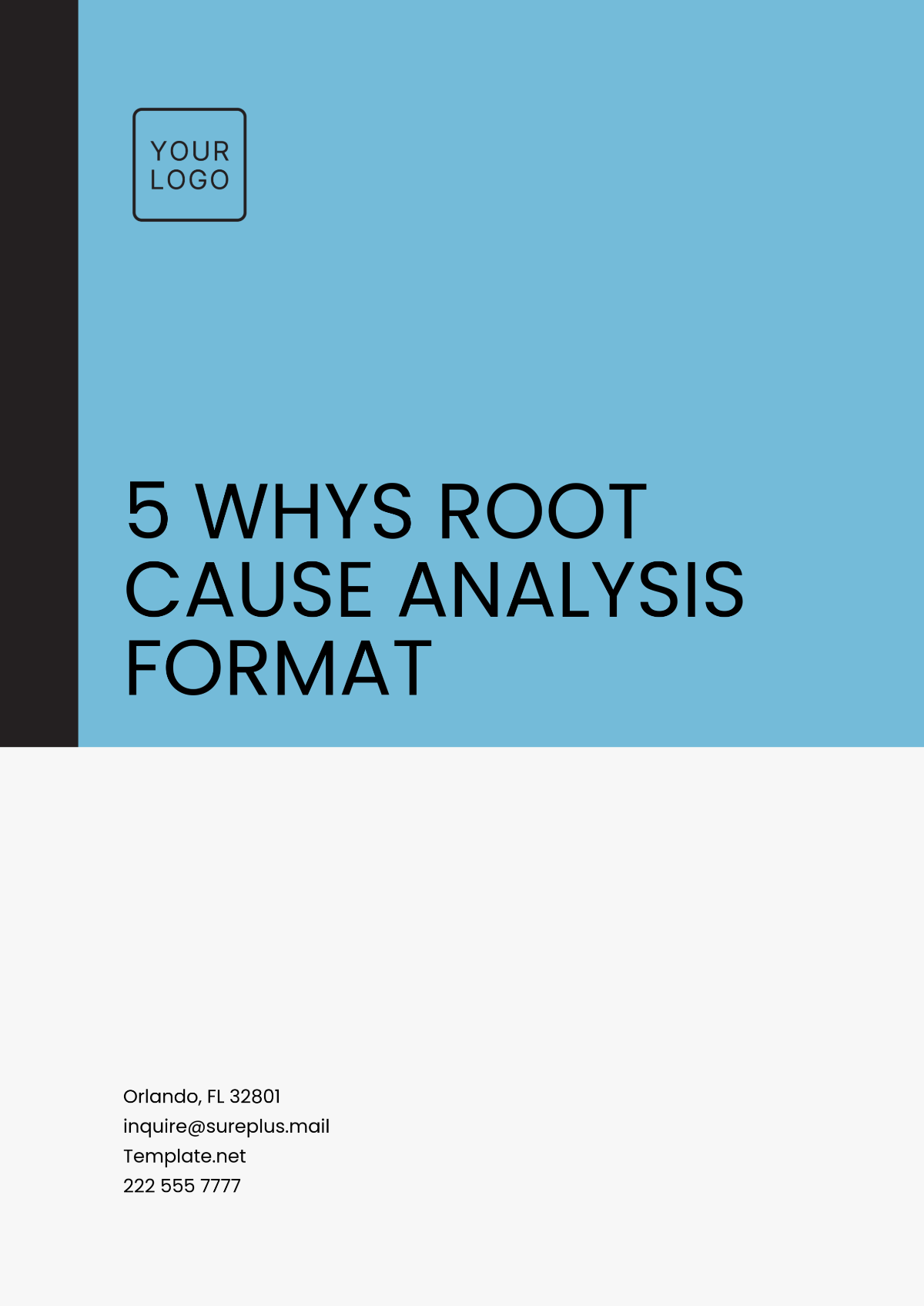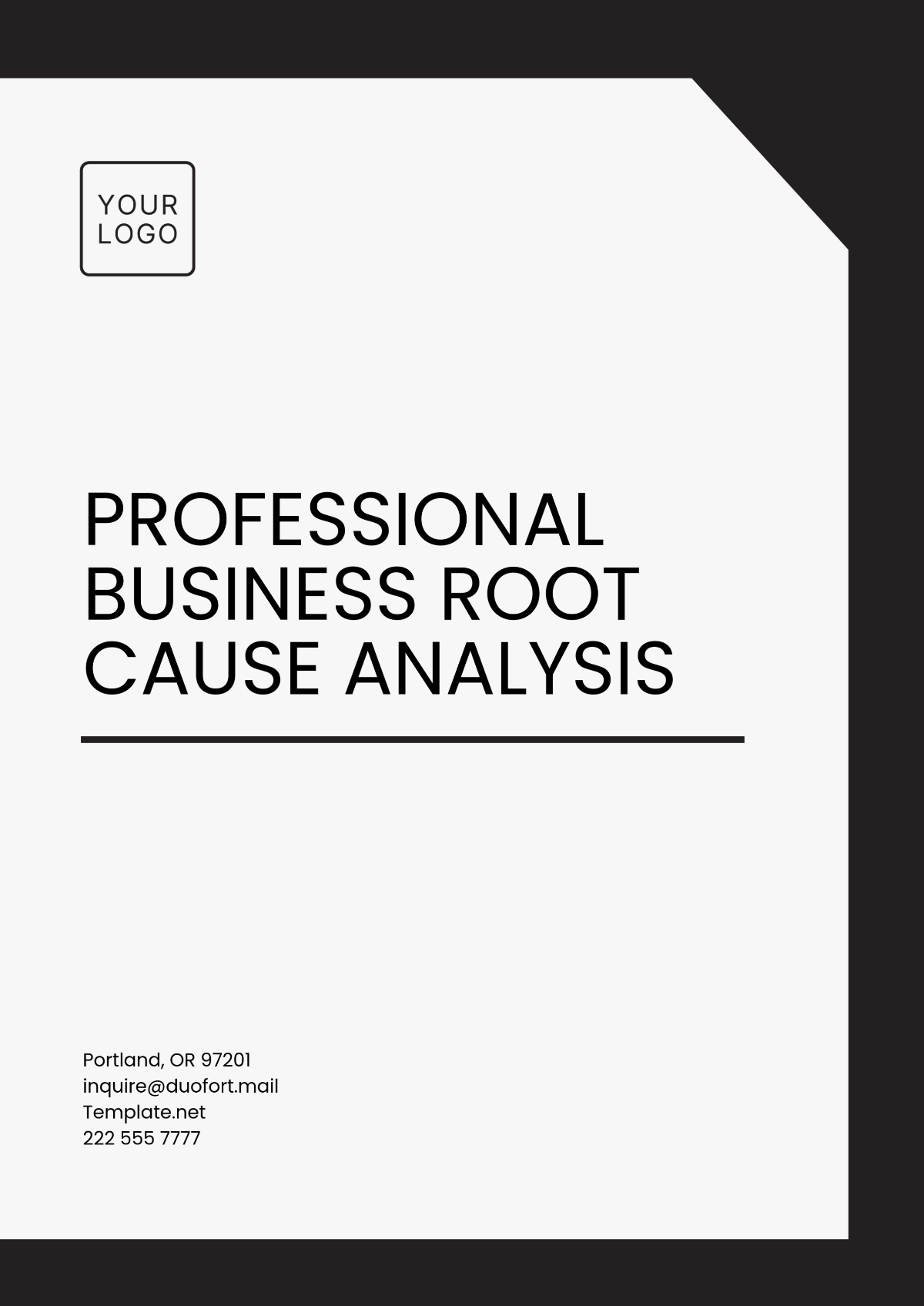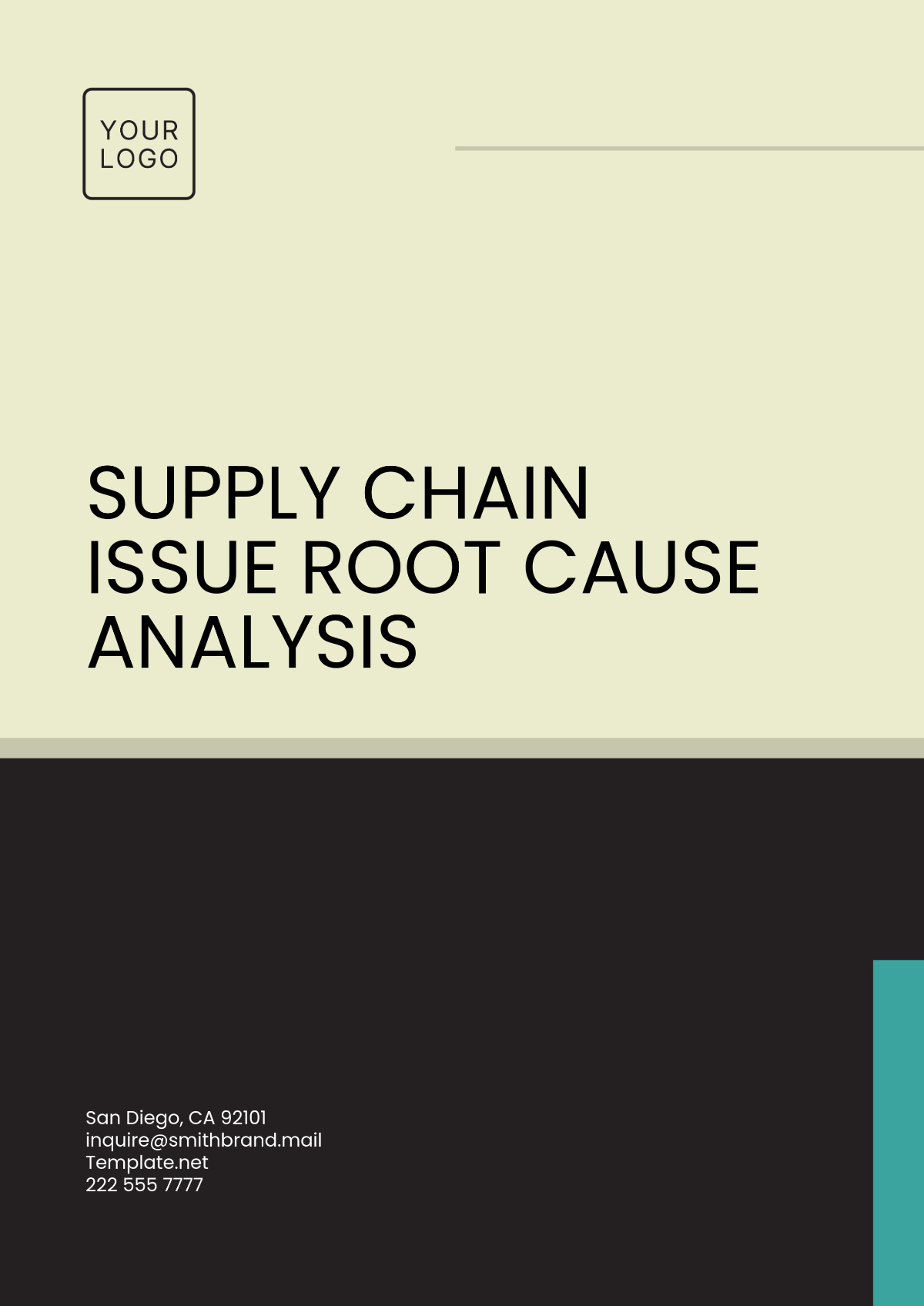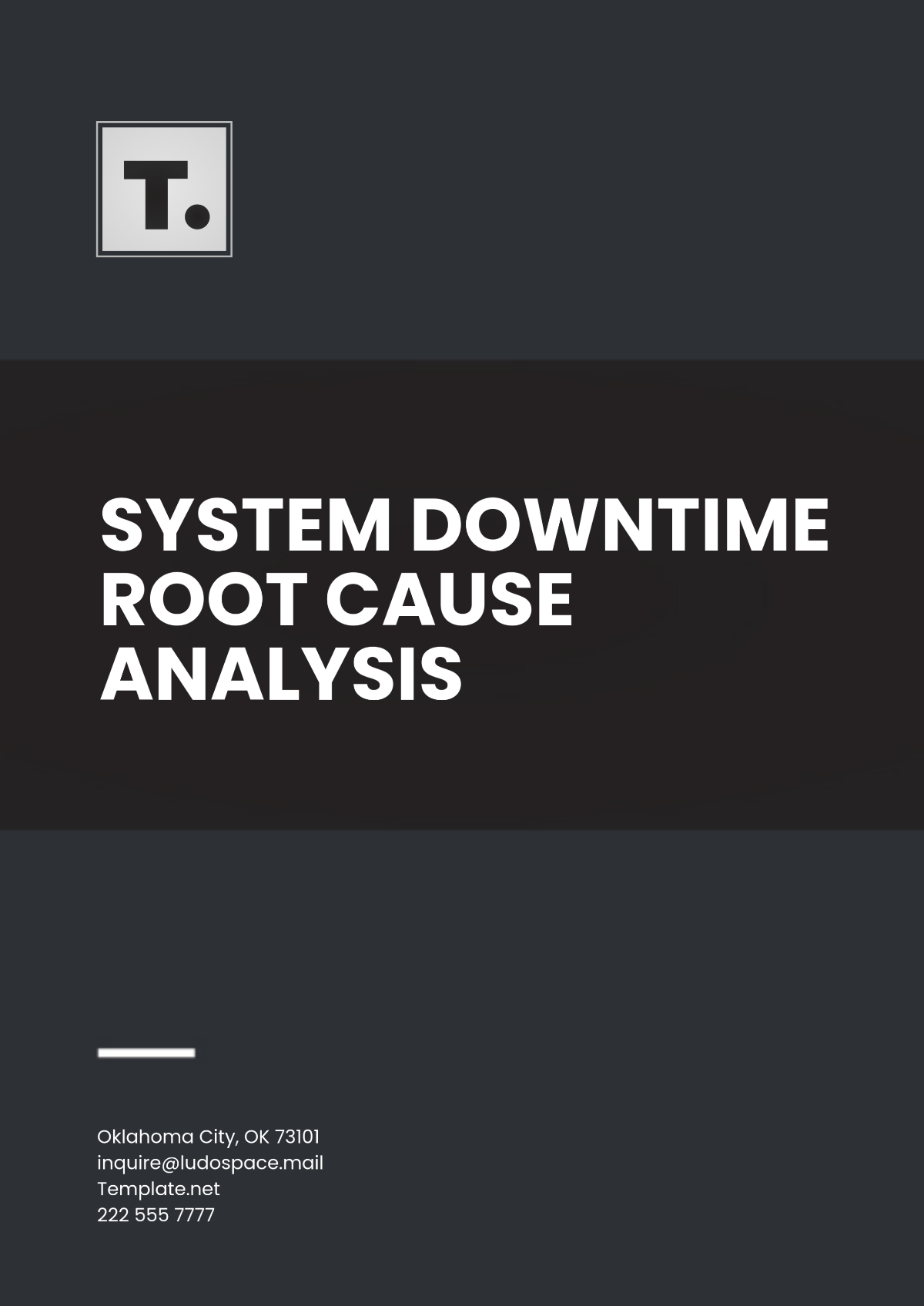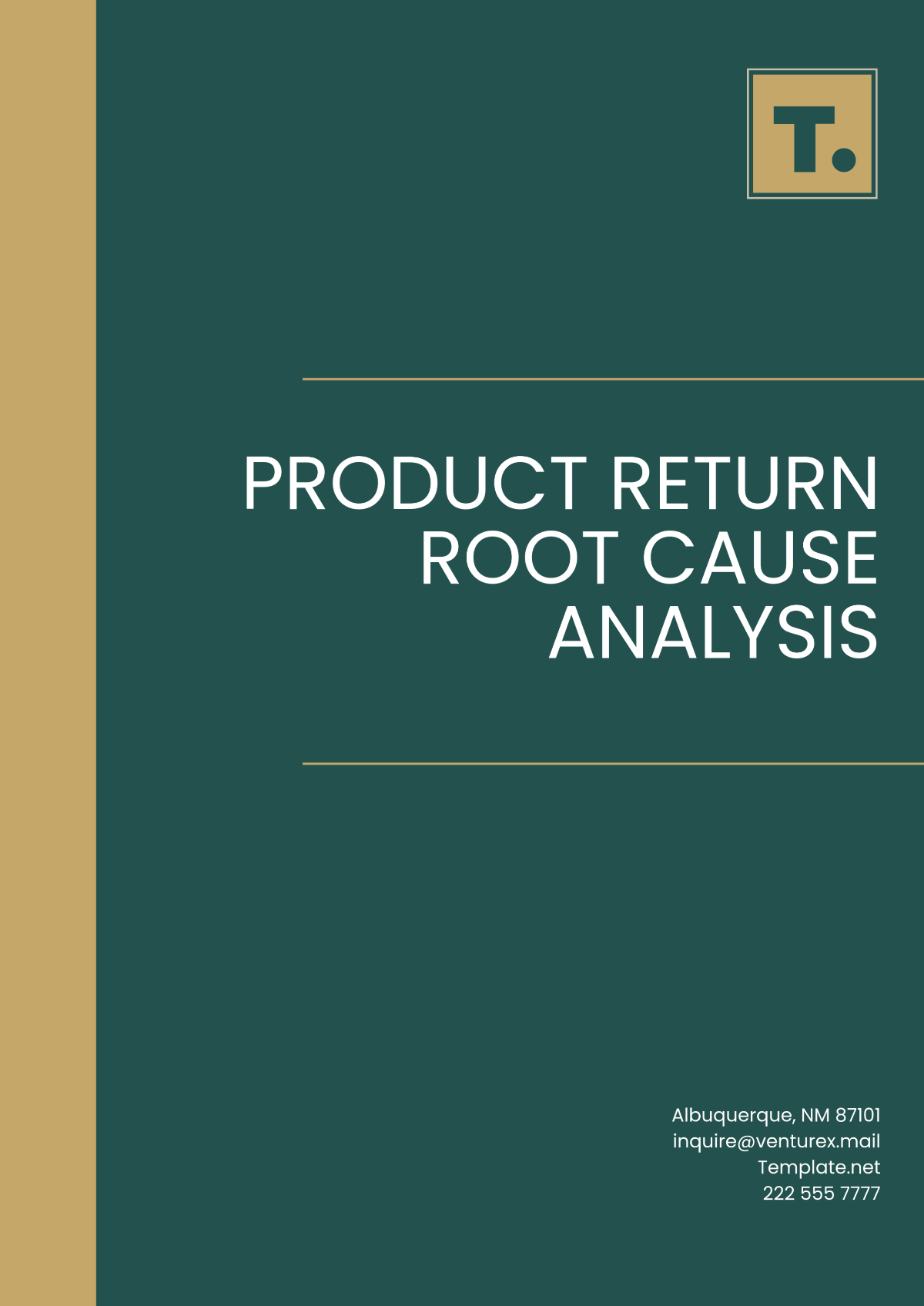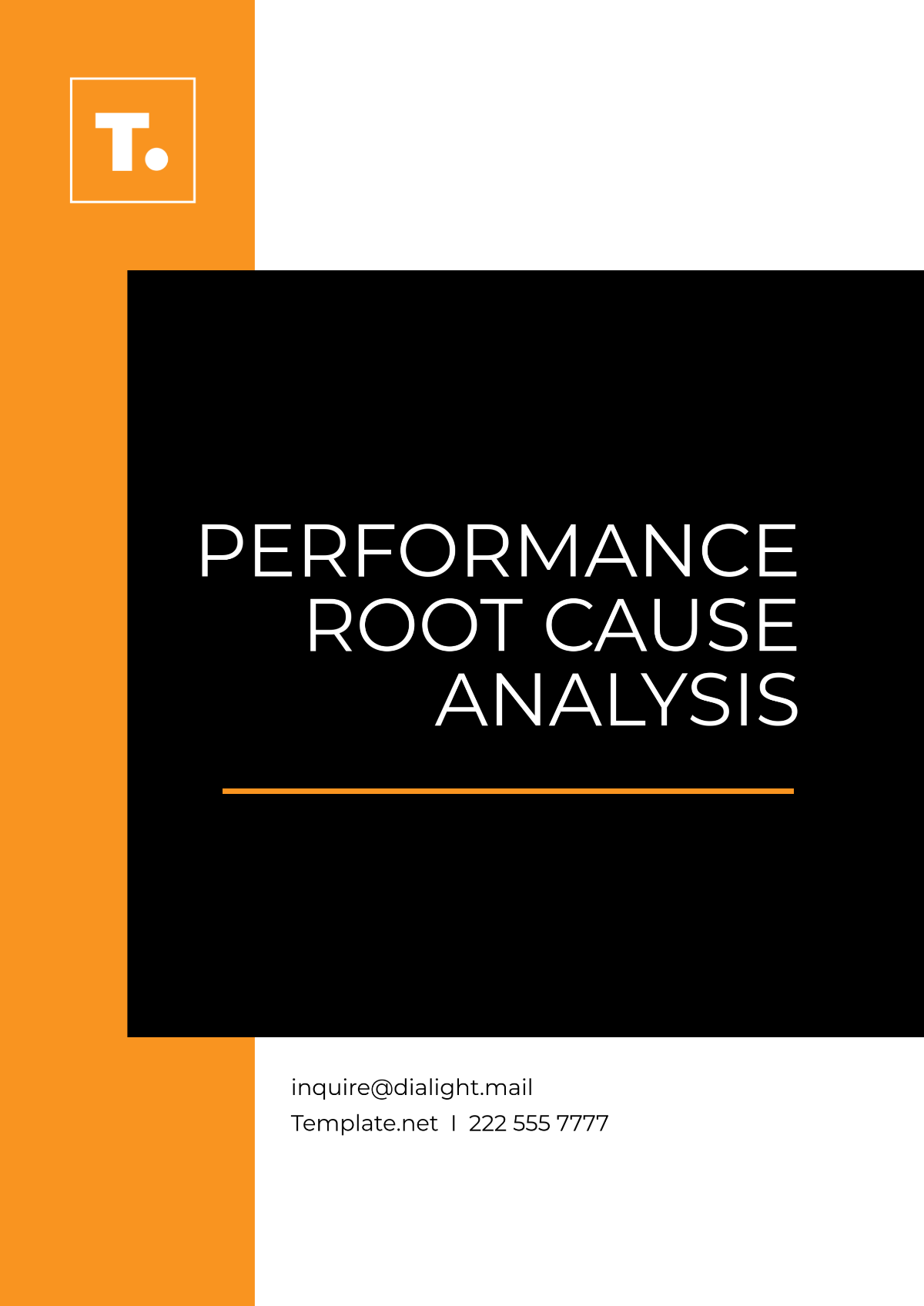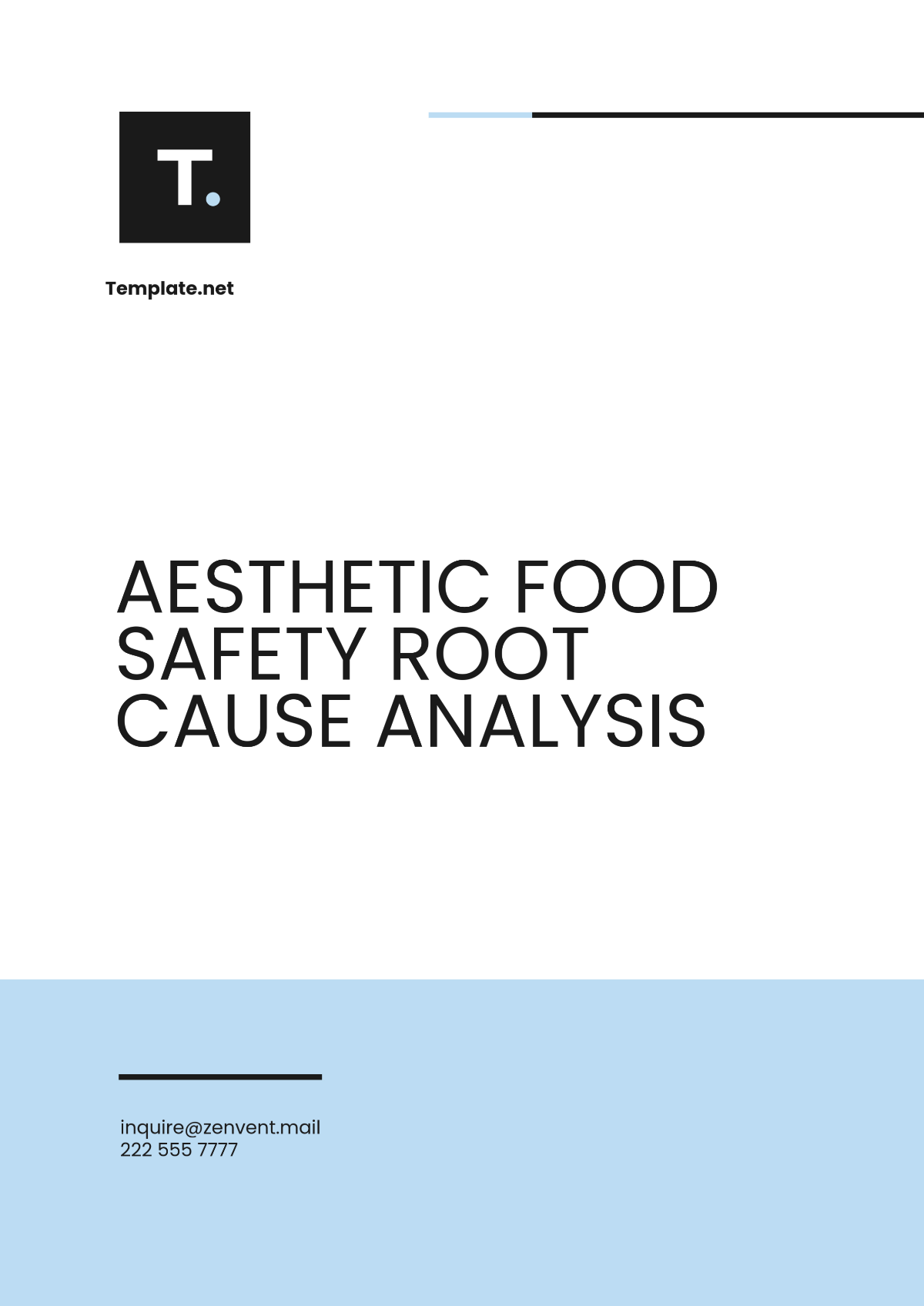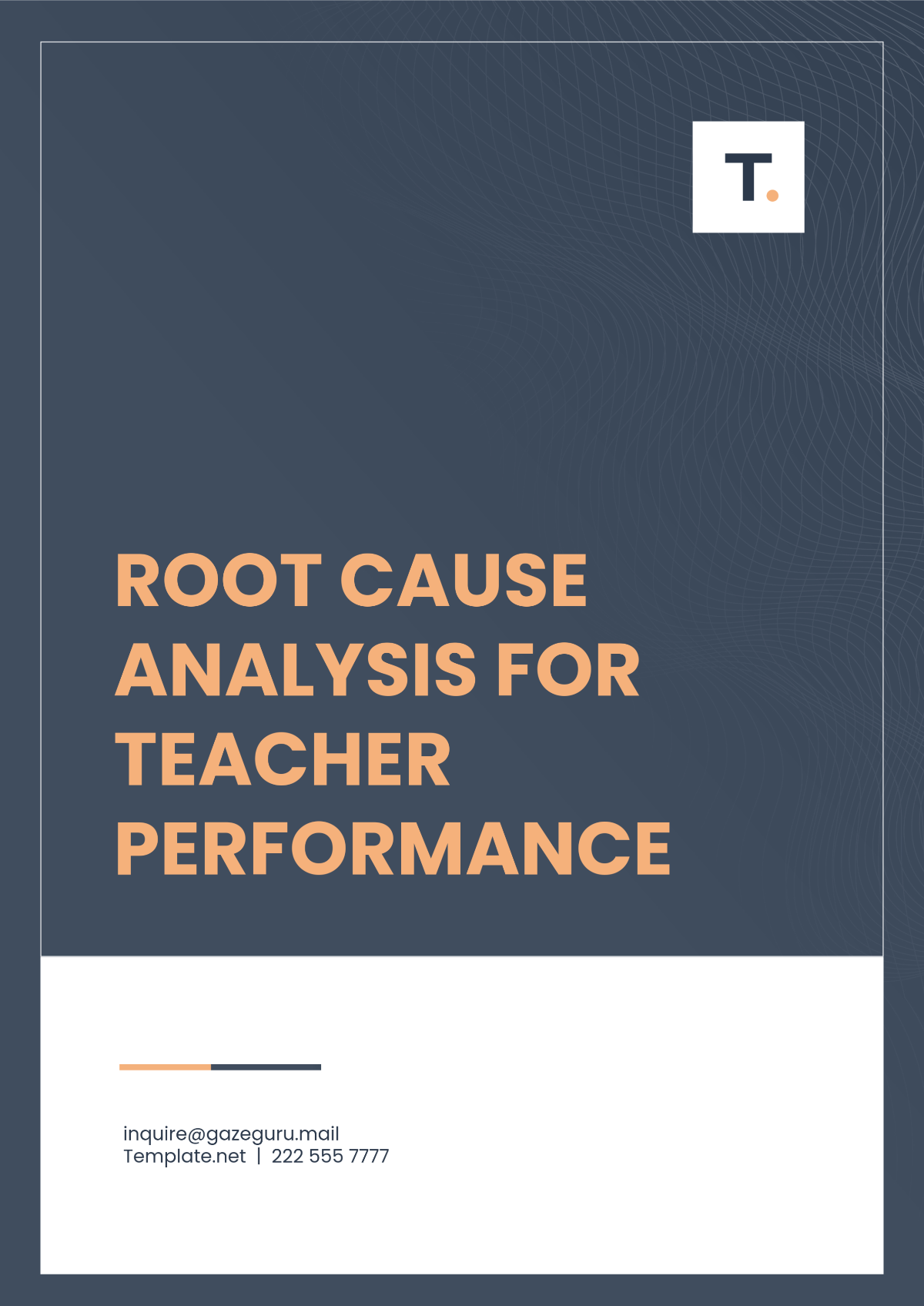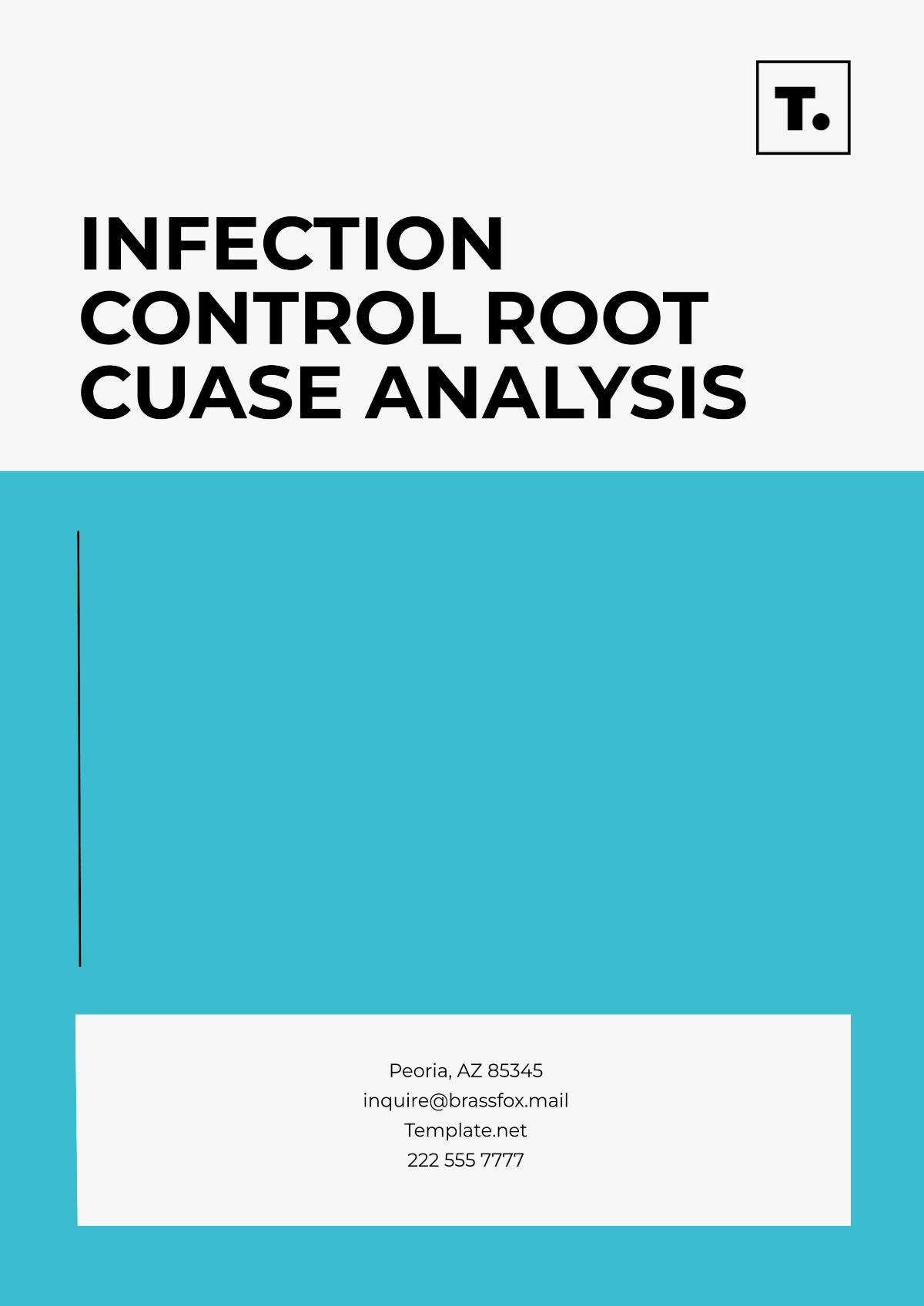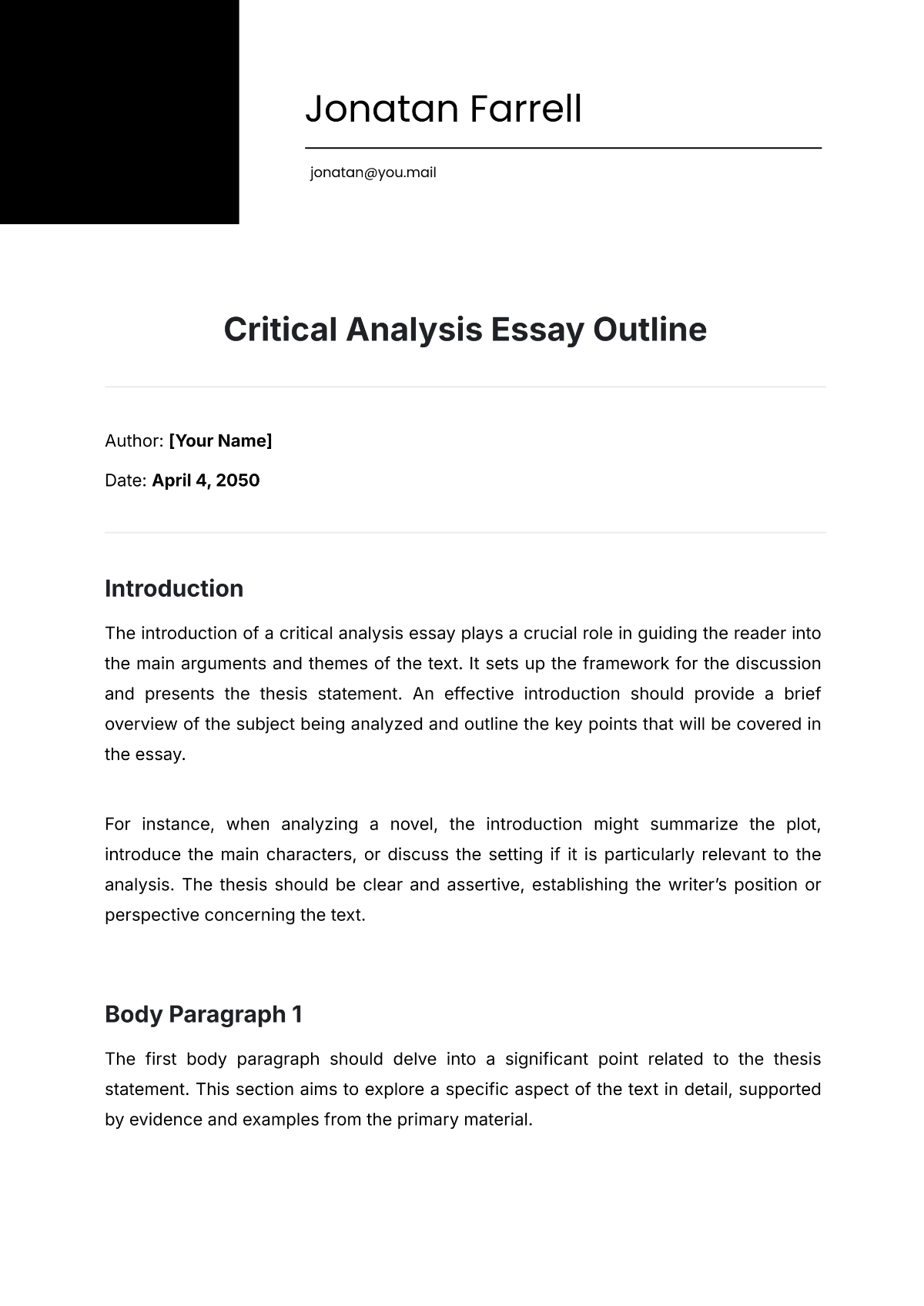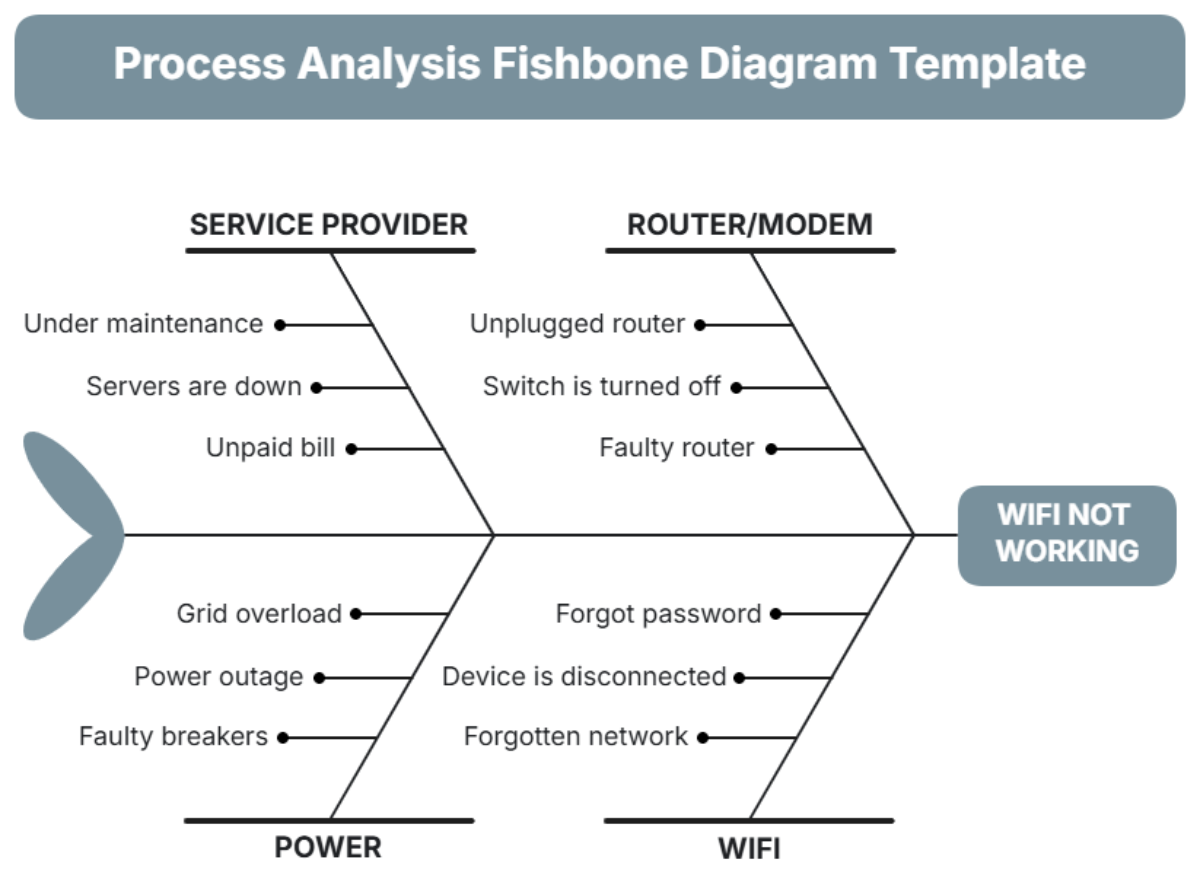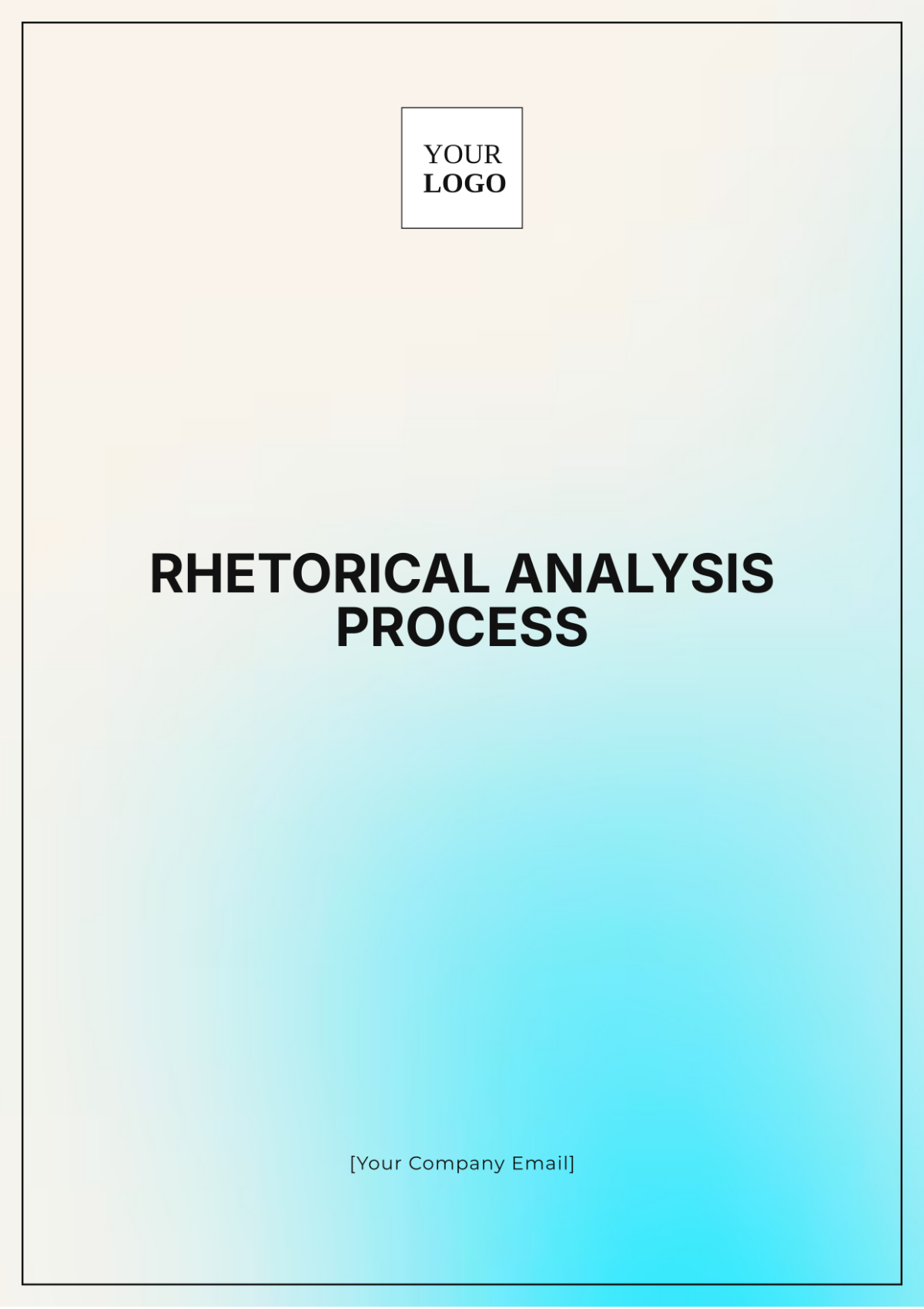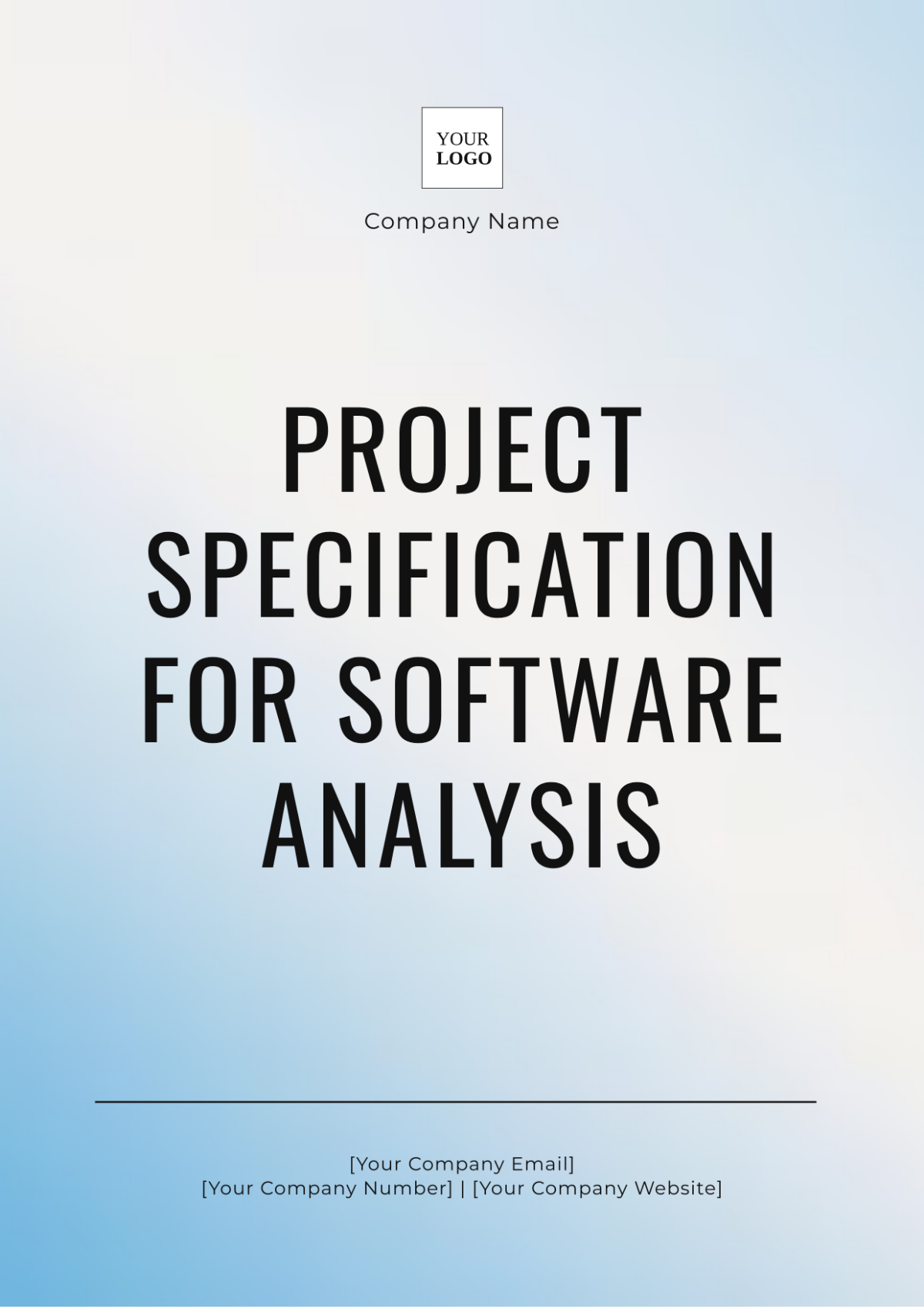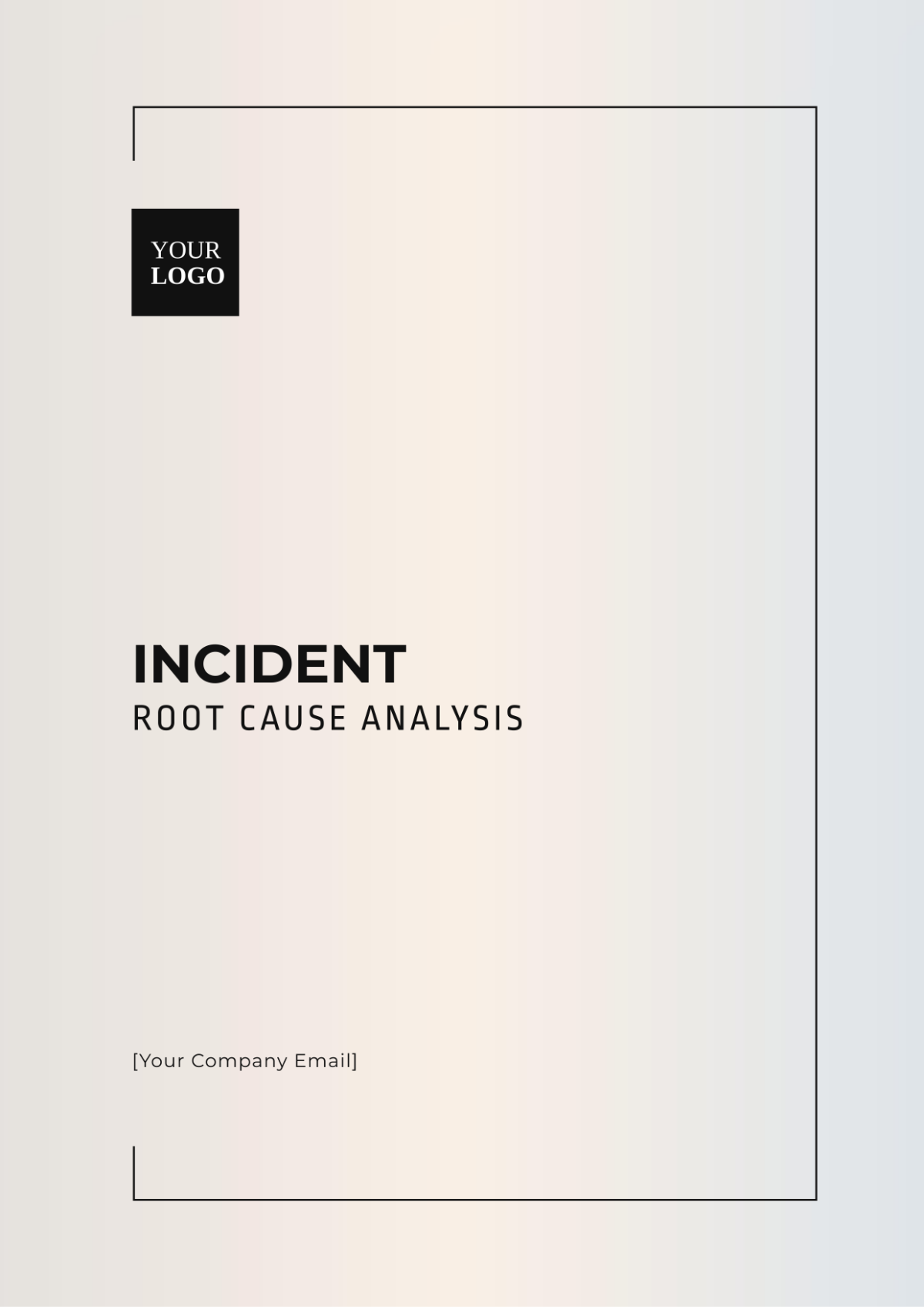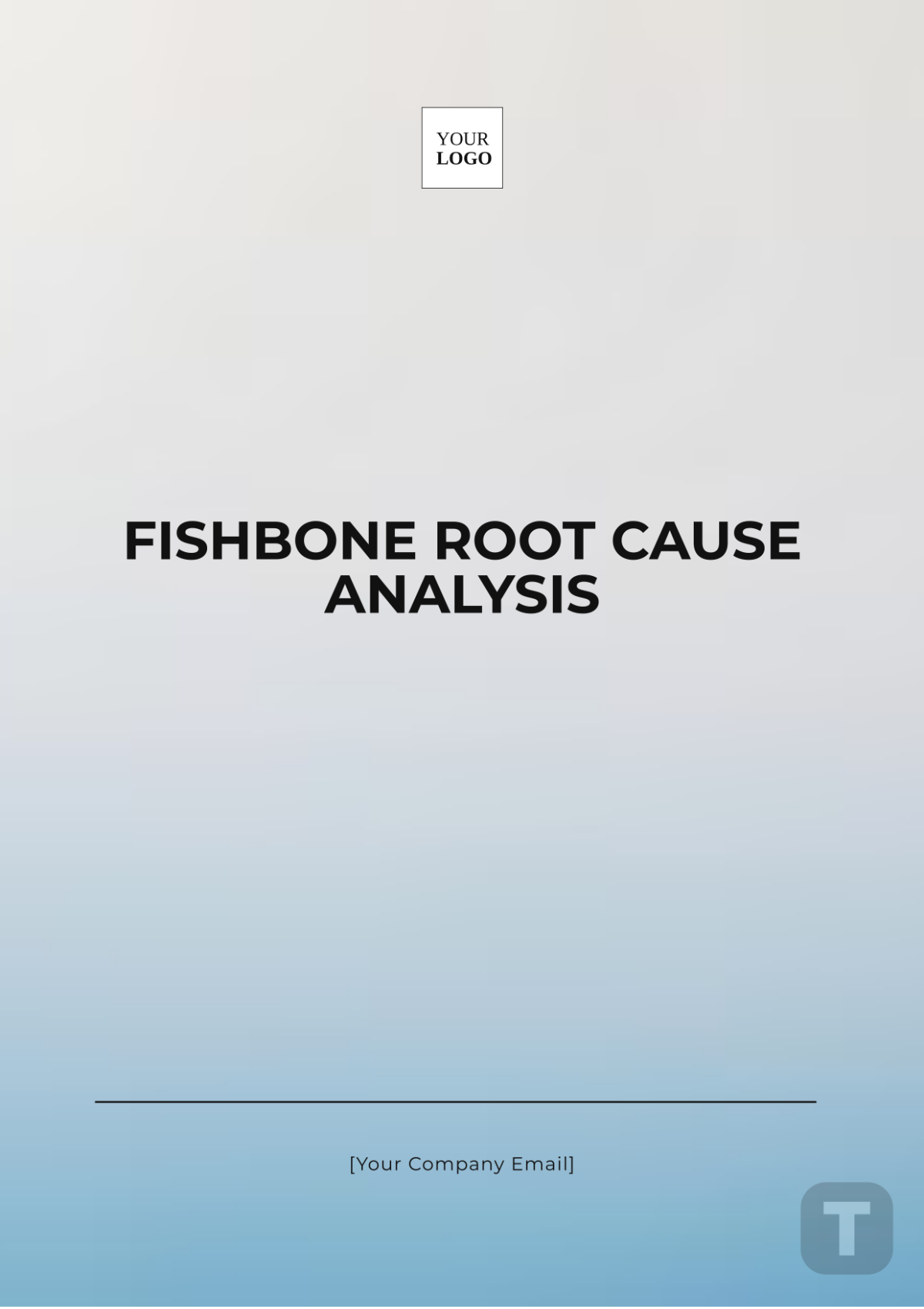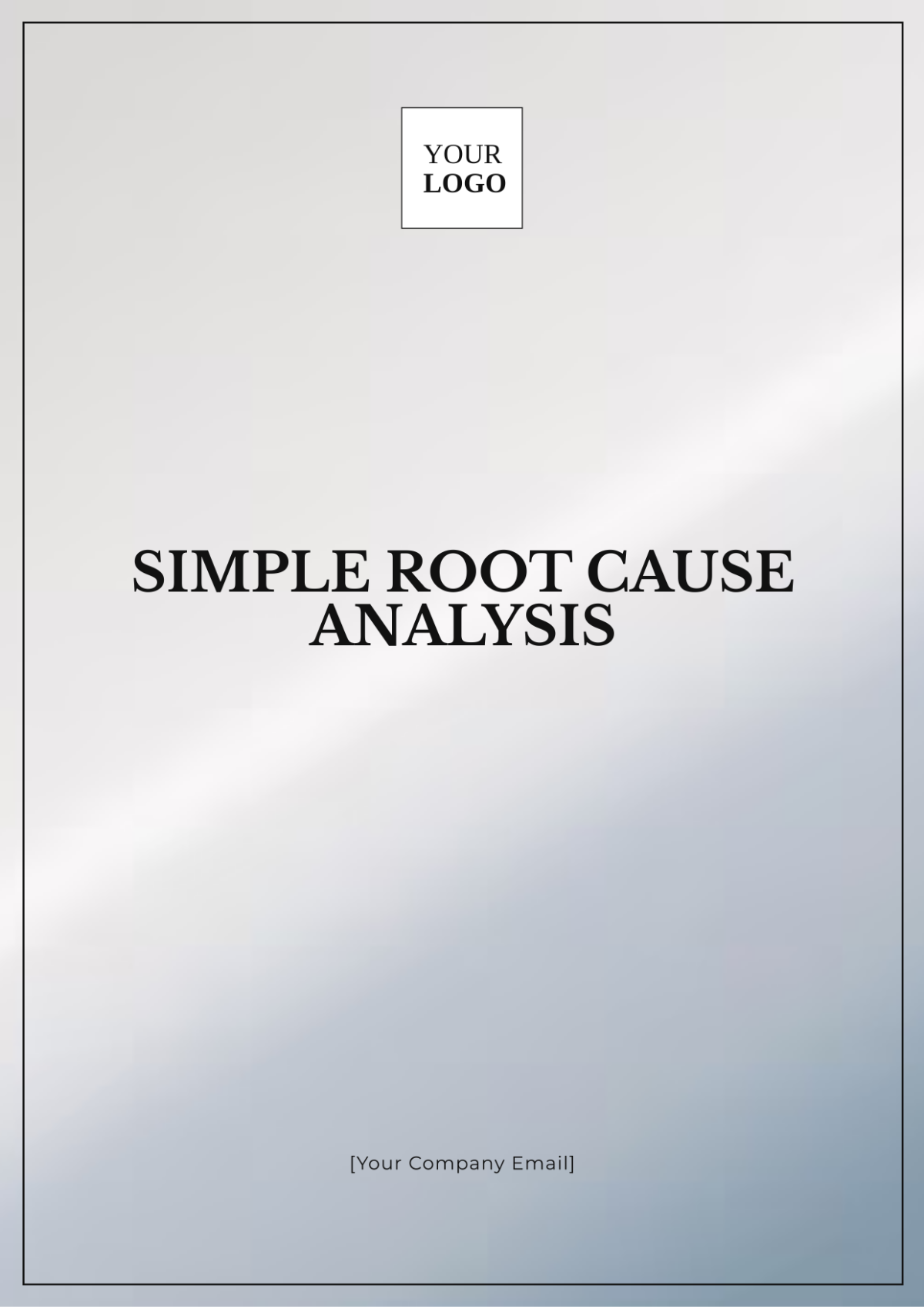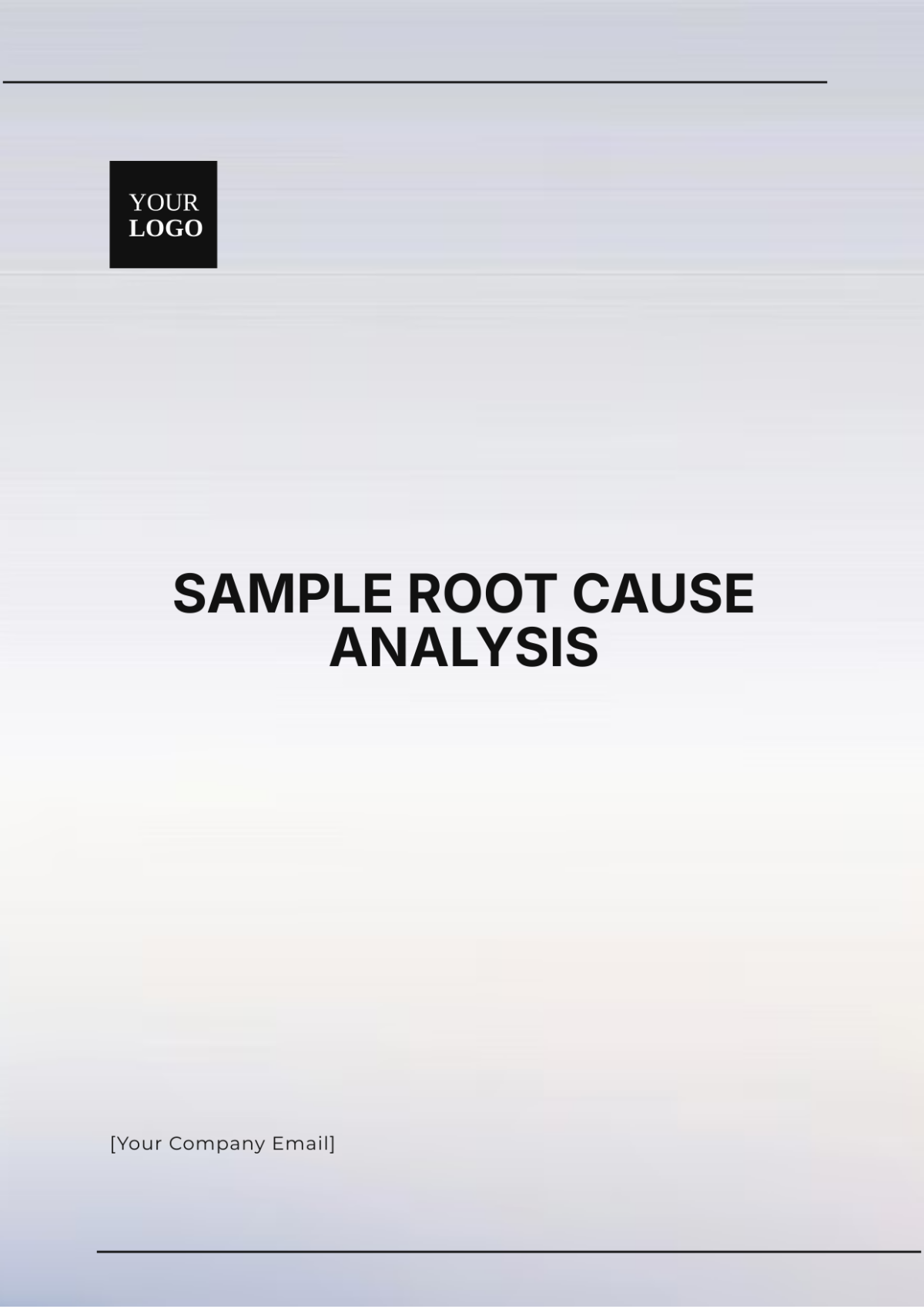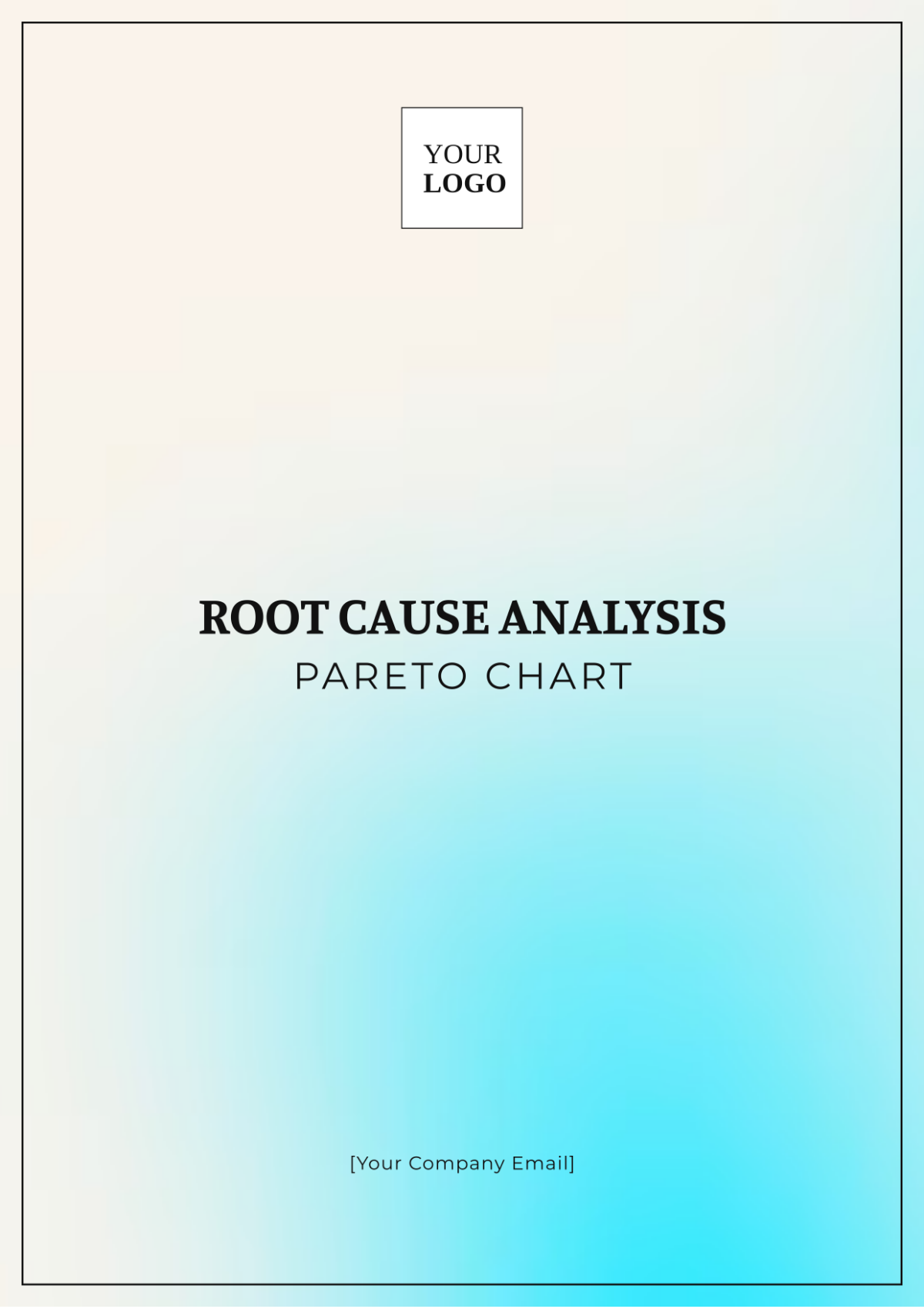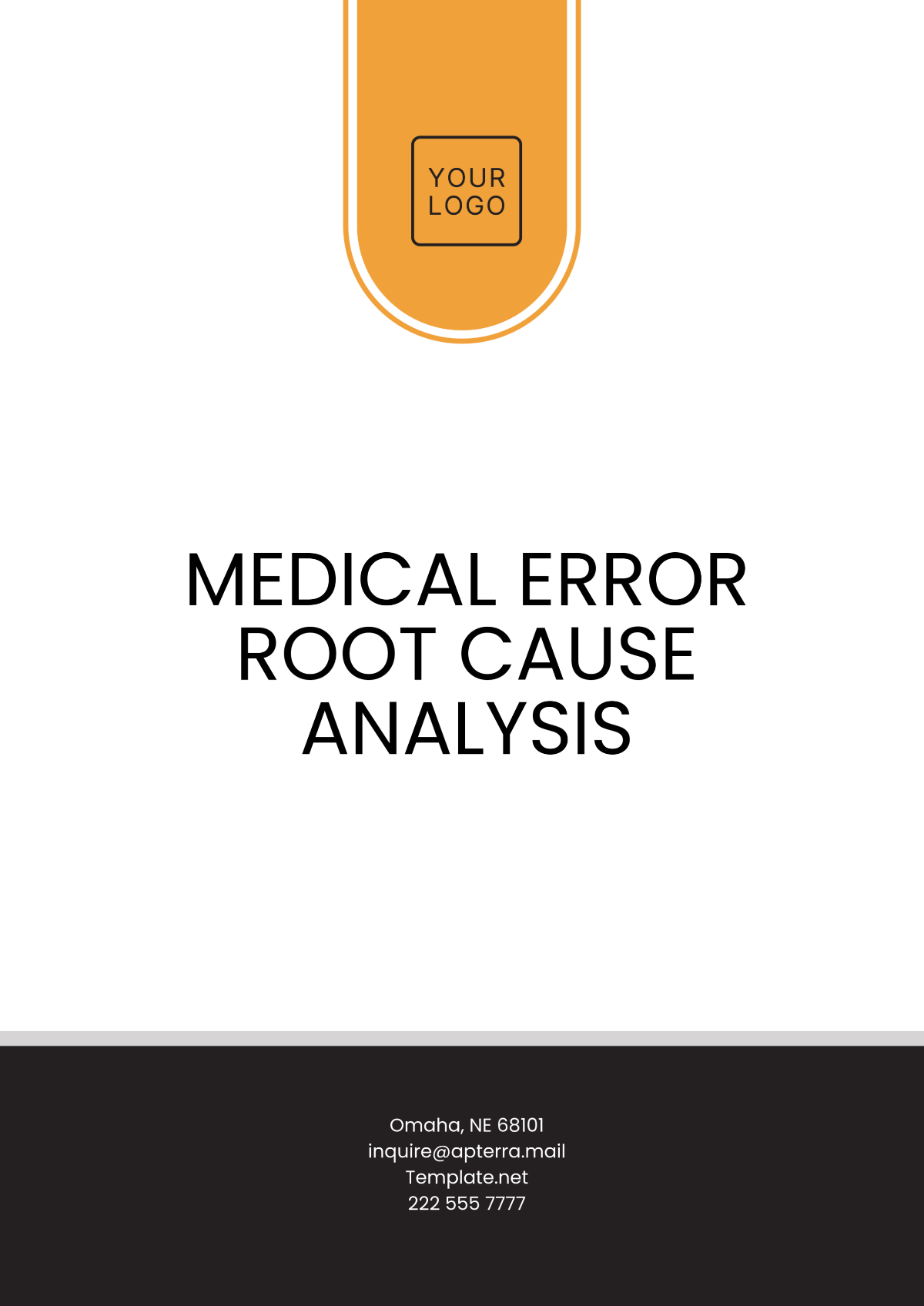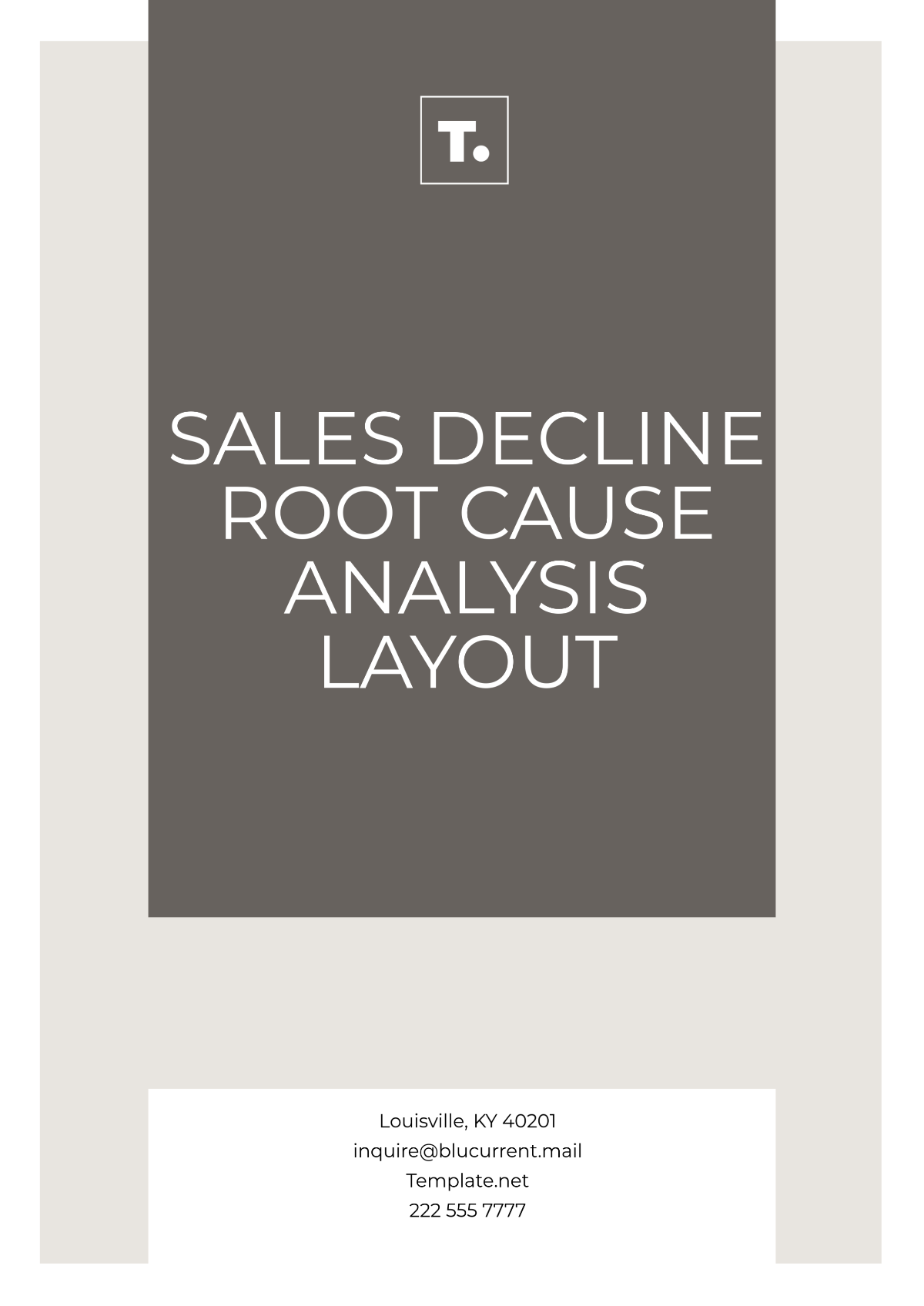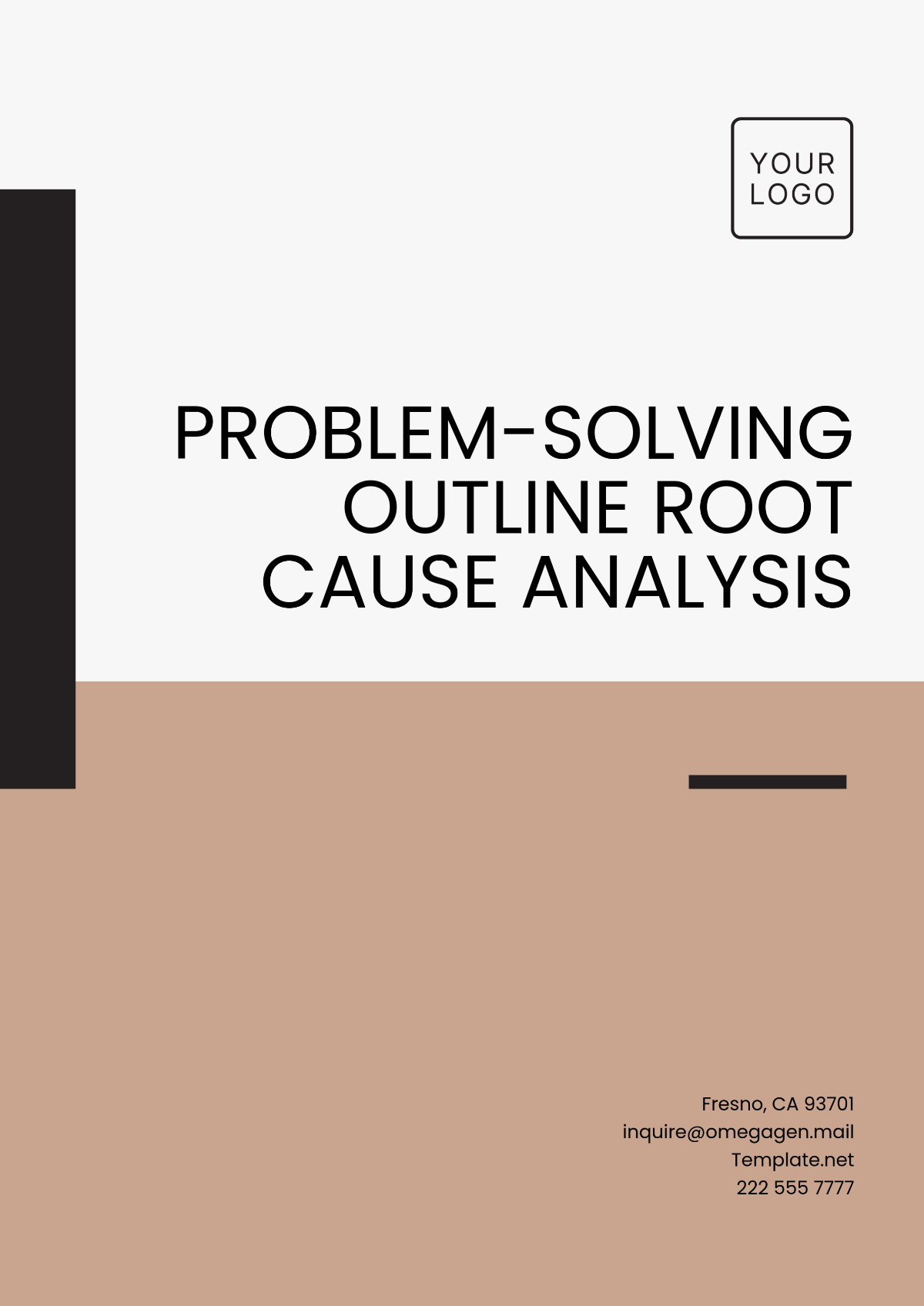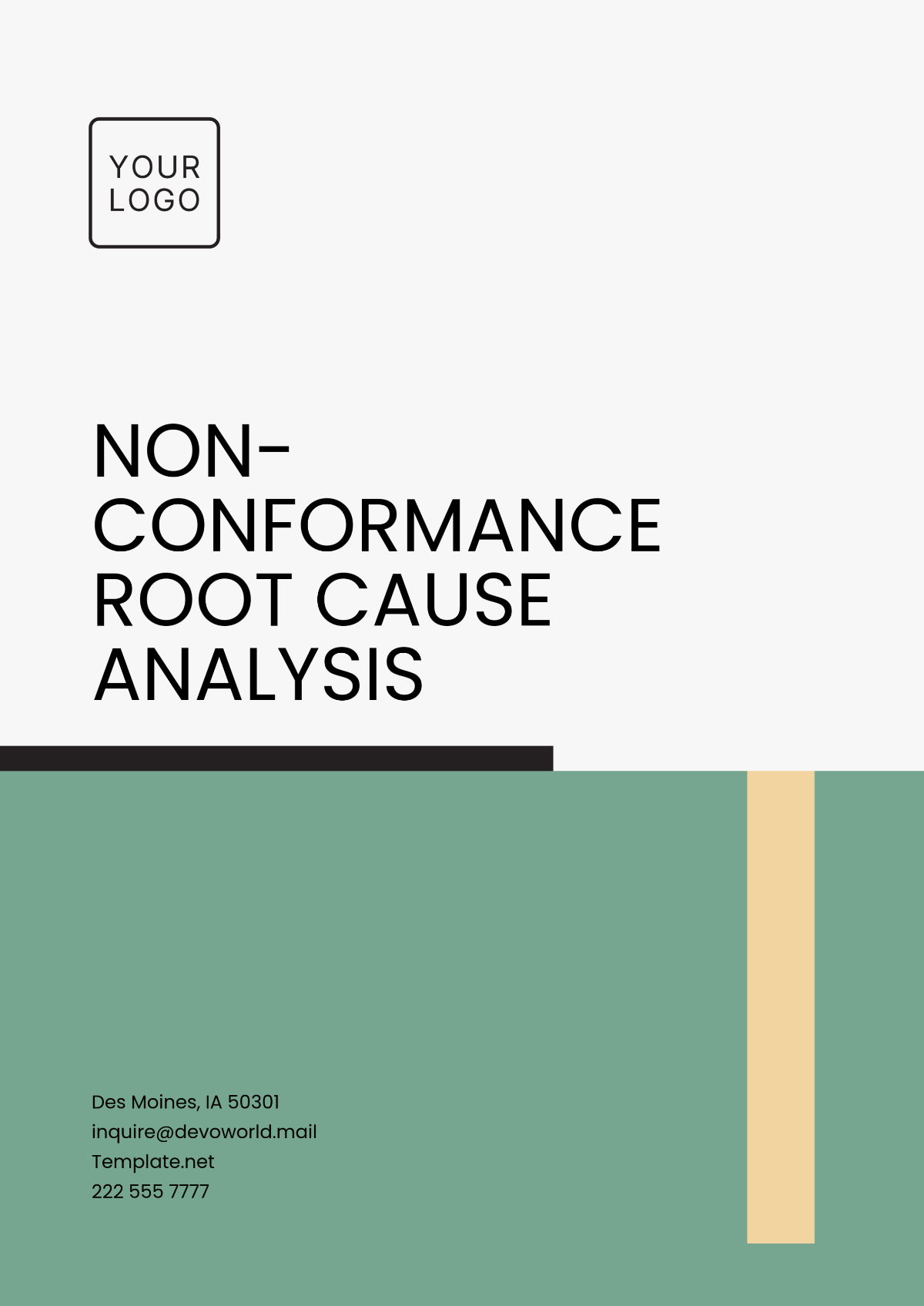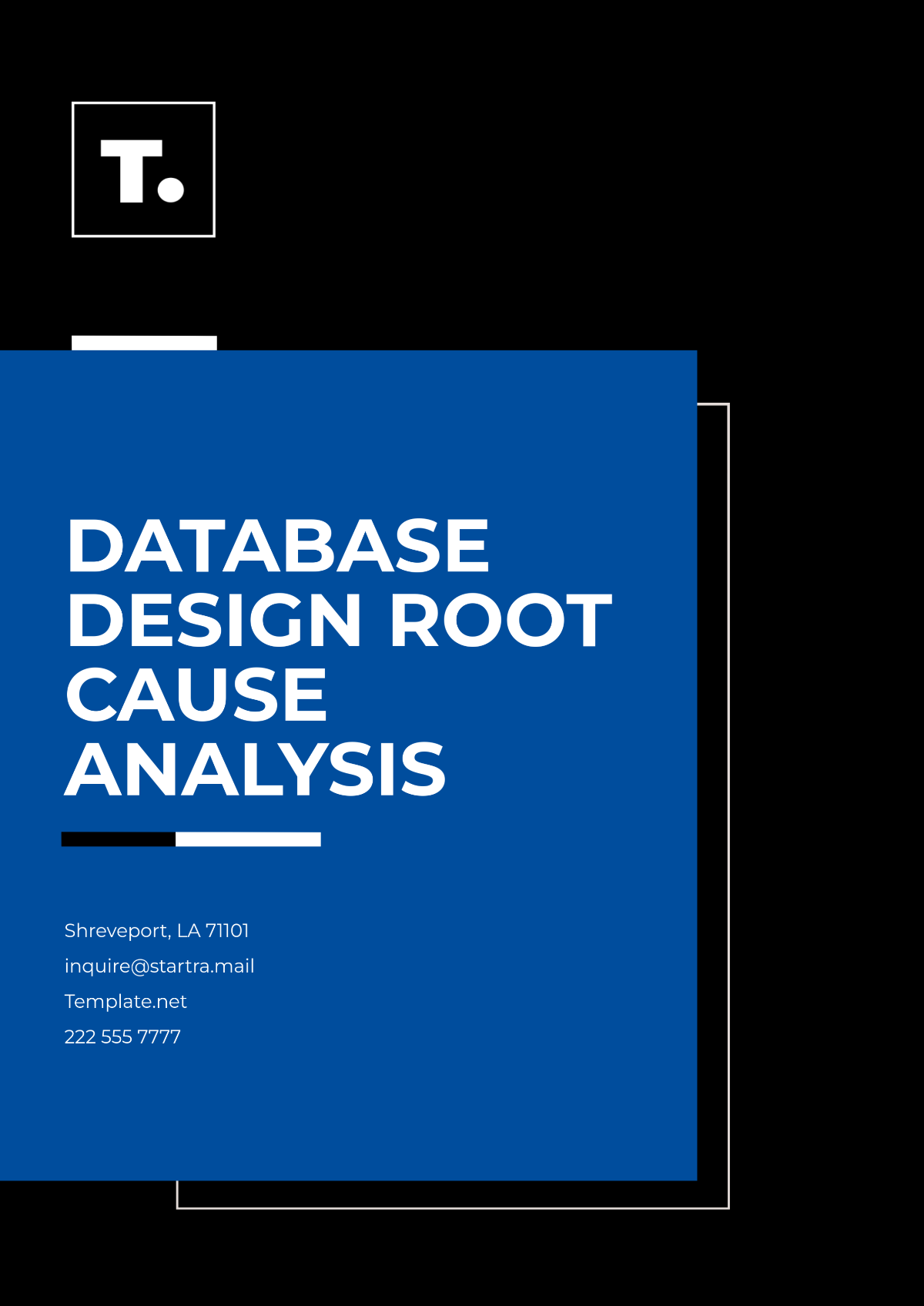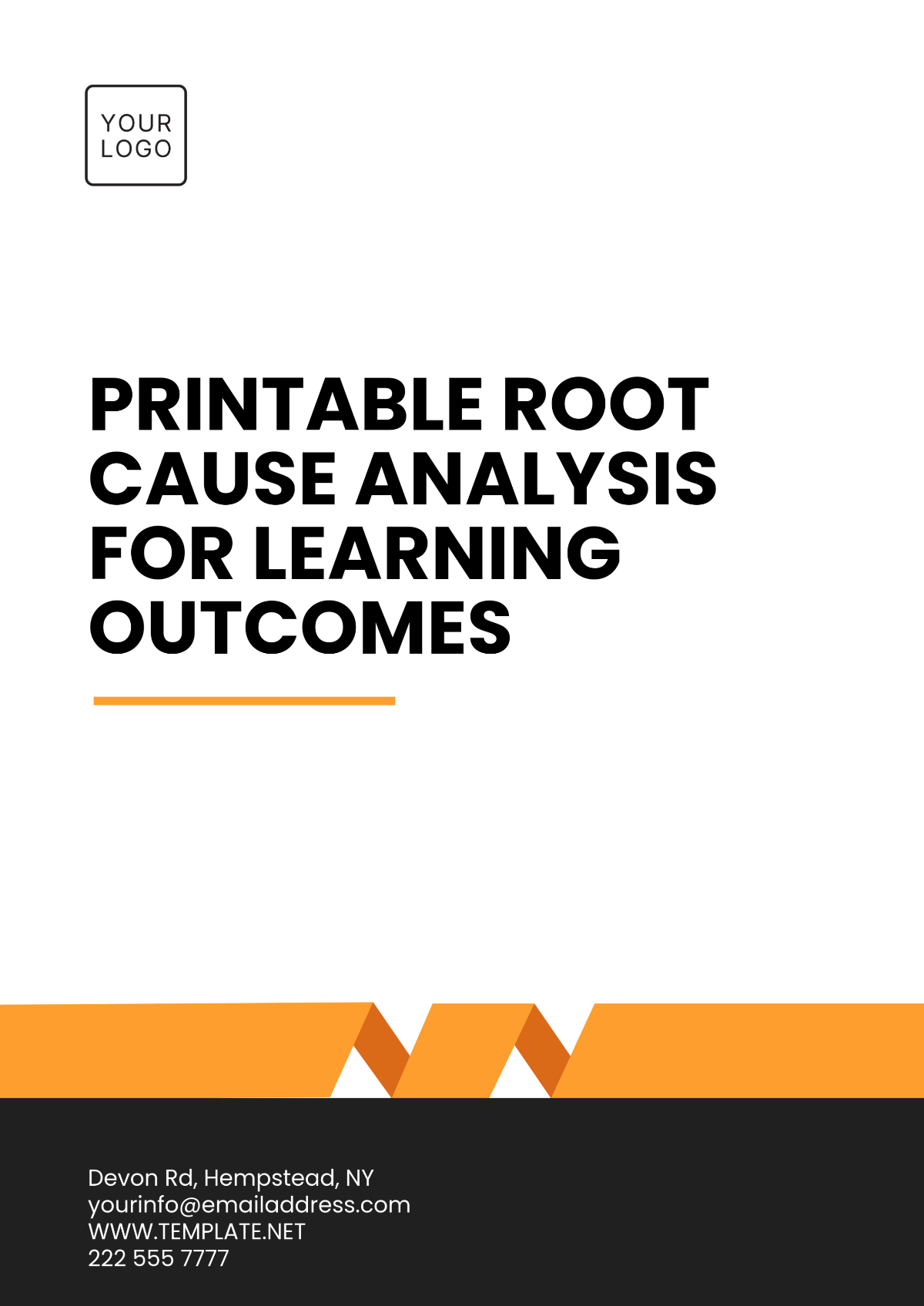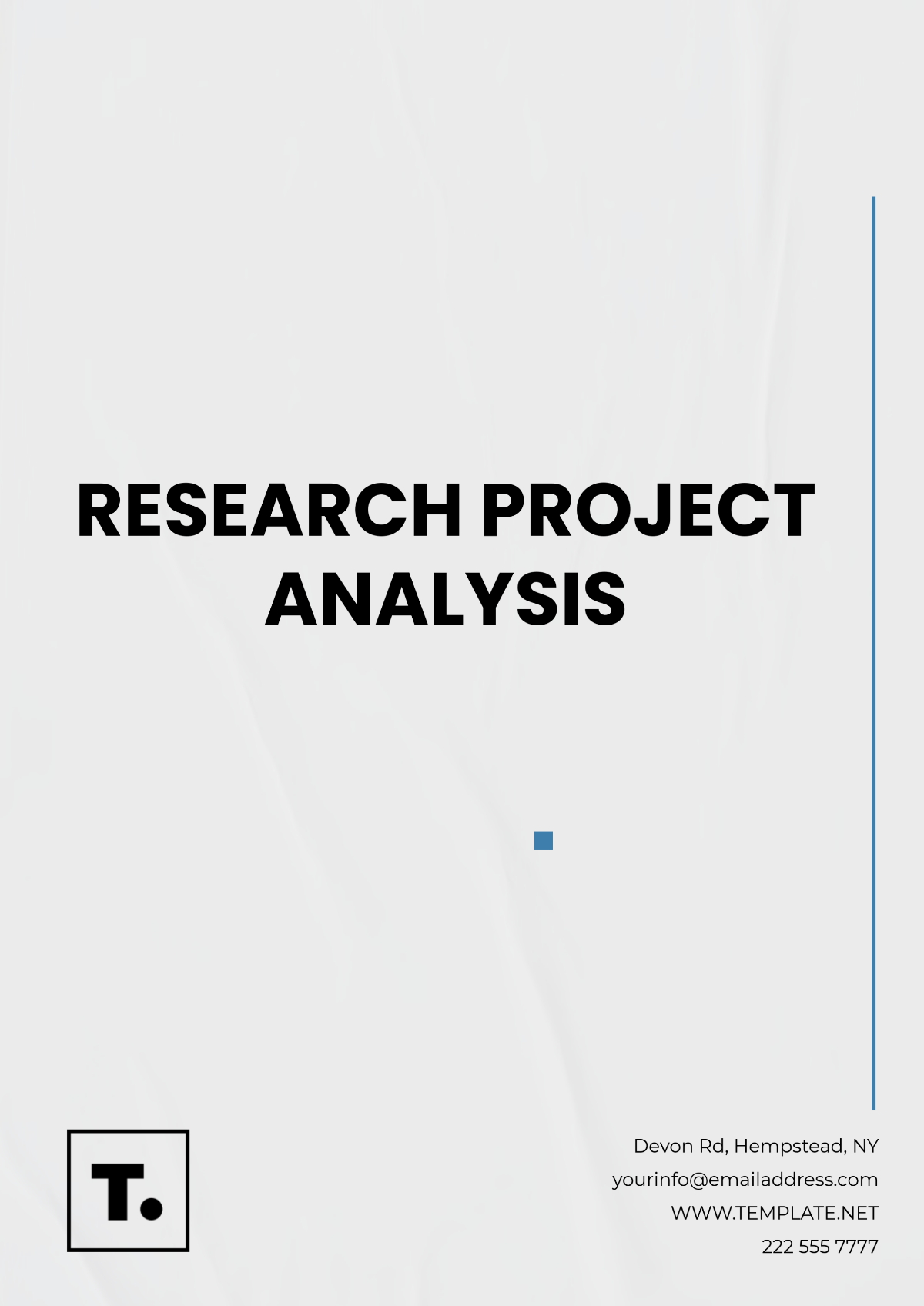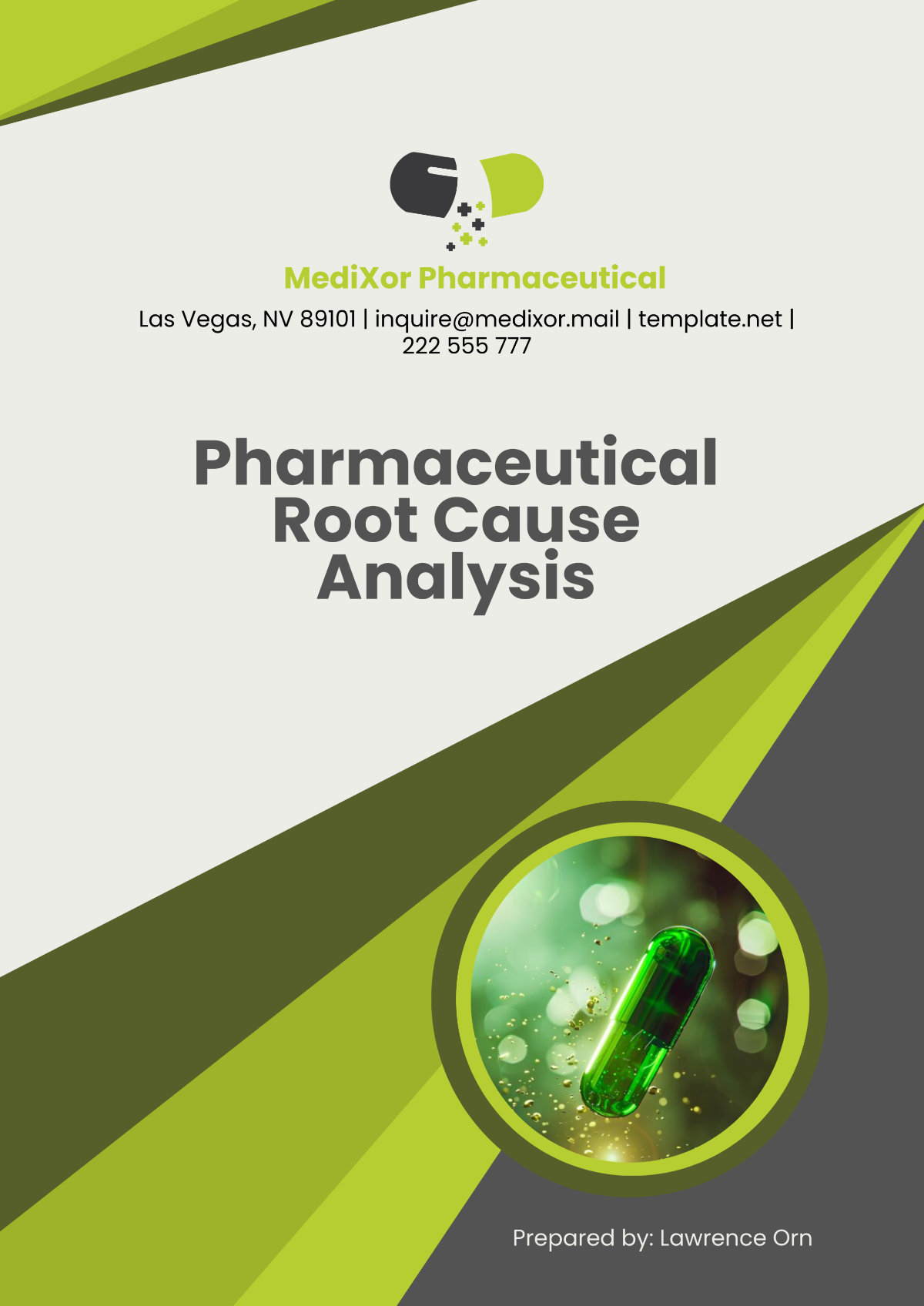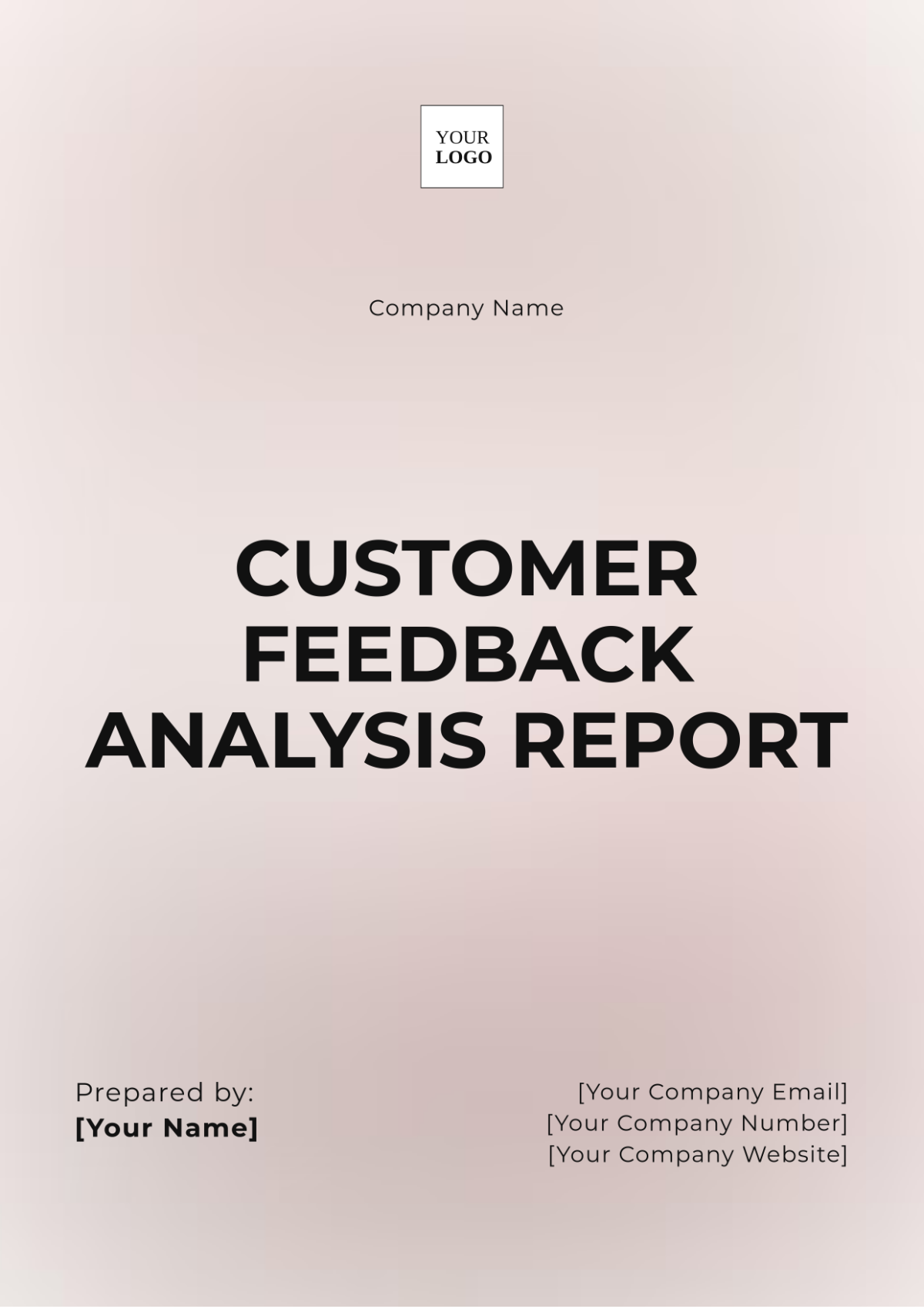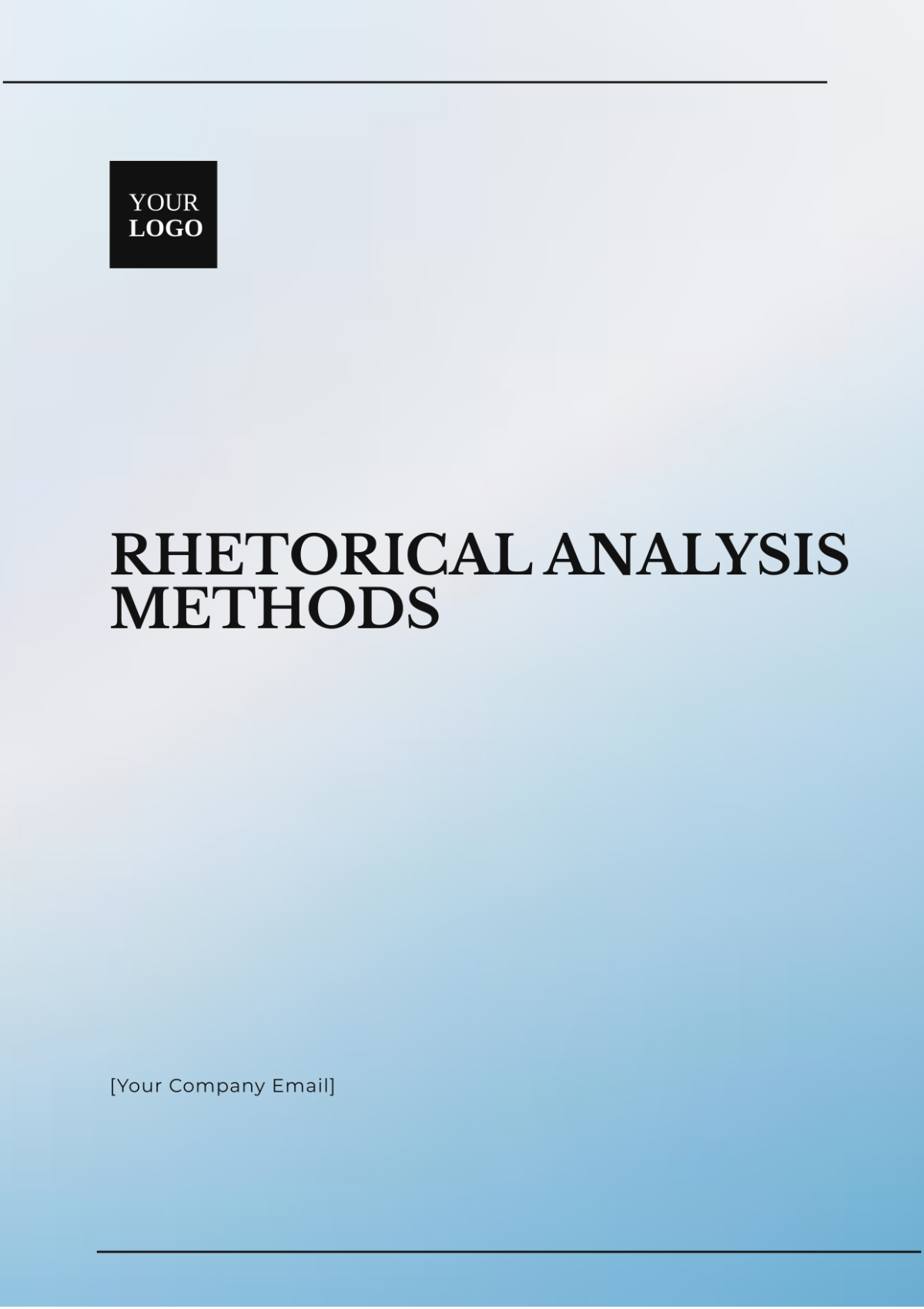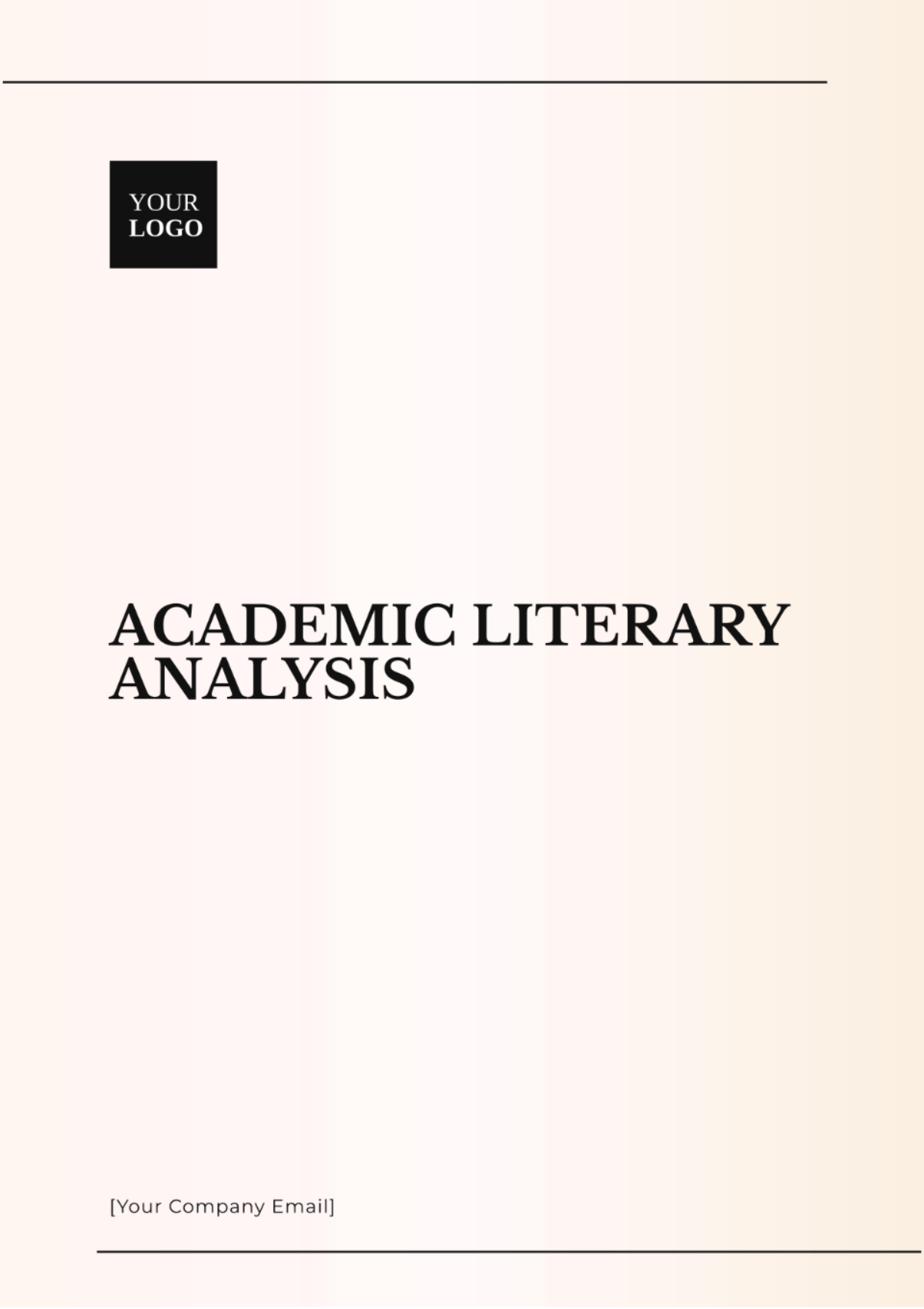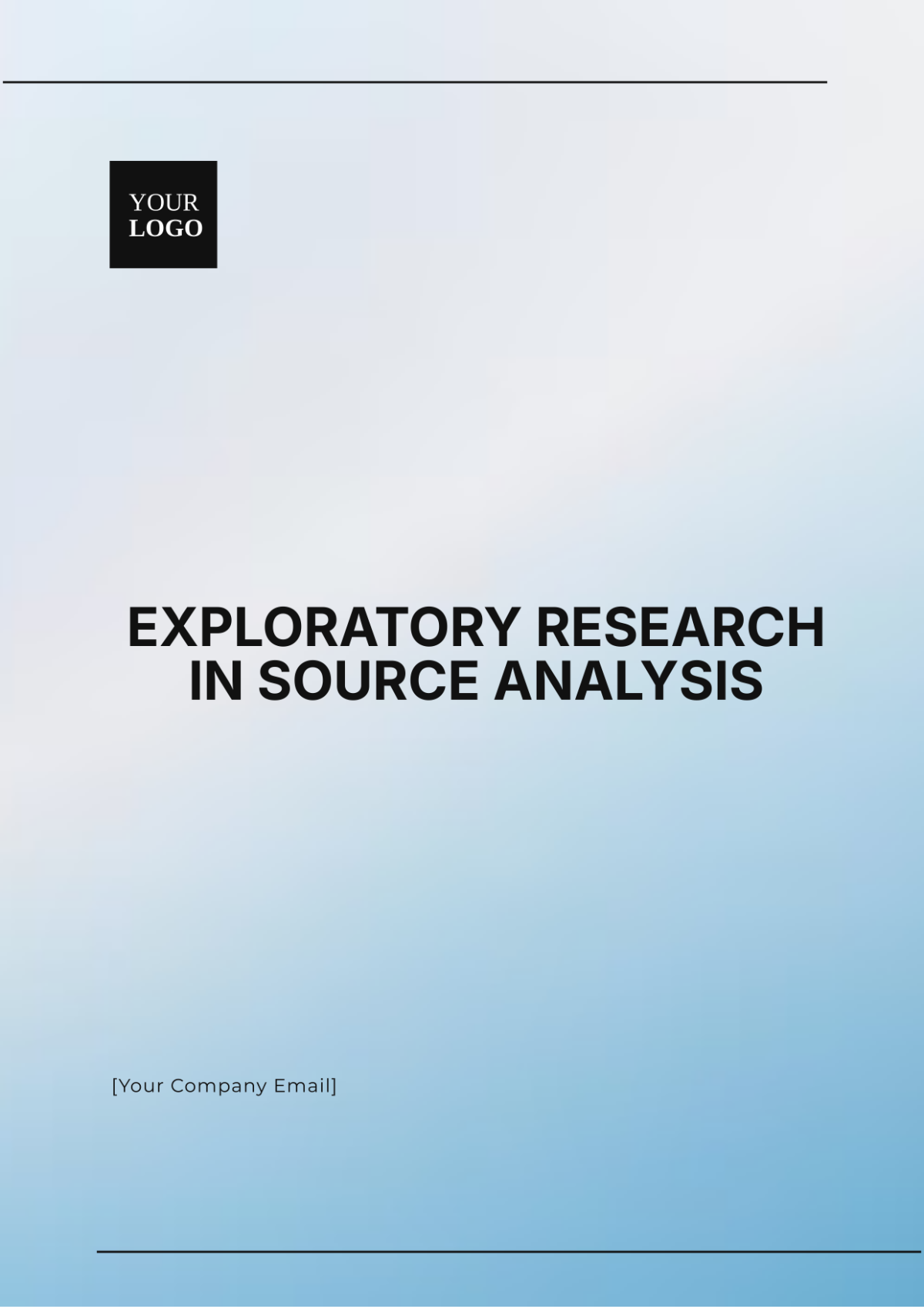Exploratory Research in Source Analysis
Prepared by: [Your Name]
Date: [Date]
1. Introduction
The purpose of this exploratory research is to delve into the analysis of various sources to understand their credibility, relevance, and impact on contemporary discourse. In an era where information is abundant and diverse, distinguishing between reliable and unreliable sources is crucial for informed decision-making and knowledge development.
2. Objectives
Assess Source Credibility: Evaluate the reliability and trustworthiness of selected sources.
Identify Trends: Discover emerging trends in source utilization and information dissemination.
Analyze Impact: Determine the influence of different sources on public perception and academic research.
3. Methodology
Data Collection: Data was collected from a range of sources, including academic journals, news outlets, online databases, and social media platforms. A total of 150 sources were analyzed.
Analysis Techniques: Employ qualitative and quantitative analysis methods, including content analysis and statistical evaluation, to assess source credibility and relevance.
Tools and Resources: Utilized advanced analytical tools such as SourceCred Analyzer and TrendInsight Software for data analysis and visualization.
4. Source Analysis
Source Identification: Sources were selected based on criteria such as publication date, author credentials, and relevance to current research topics. Special focus was given to sources from the past decade and those exhibiting significant influence.
Source Evaluation: Each source was evaluated for accuracy, bias, and impact. For instance, major news outlets were cross-referenced with independent fact-checking organizations.
Findings: The analysis revealed that while traditional academic sources remained highly reliable, the rise of digital media has introduced variability in source credibility. Social media sources showed a 30% higher likelihood of bias compared to established news outlets.
5. Discussion
The findings indicate a shift in source credibility, with traditional academic sources maintaining high trust levels compared to newer digital sources. The increased influence of social media highlights the need for enhanced critical evaluation of information disseminated through these platforms. The study also identified a growing trend in the use of artificial intelligence to assess source reliability.
6. Conclusion
This exploratory research underscores the importance of rigorous source analysis in an increasingly digital age. Traditional sources retain their credibility, but new forms of media require scrutiny. Future research should focus on developing advanced methodologies to evaluate digital sources more effectively.
7. Recommendations
Enhance Training: Develop training programs for researchers and the public to better evaluate source credibility.
Invest in Technology: Invest in technology that can more accurately assess the reliability of digital sources.
Promote Critical Thinking: Encourage the adoption of critical thinking frameworks in information consumption and dissemination.
8. References
Smith, J. (2050). Evaluating Source Credibility in the Digital Age. Academic Press.
Johnson, A. (2052). The Influence of Social Media on Public Perception. Media Insights.
Lee, M. (2050). Advanced Analytical Tools for Source Evaluation. TechFuture Publishing.

